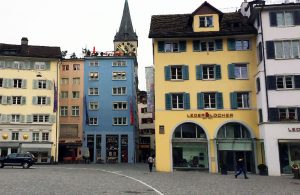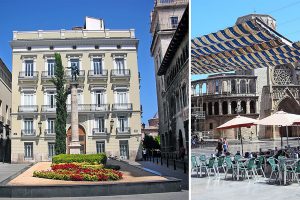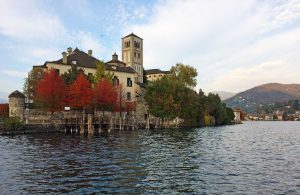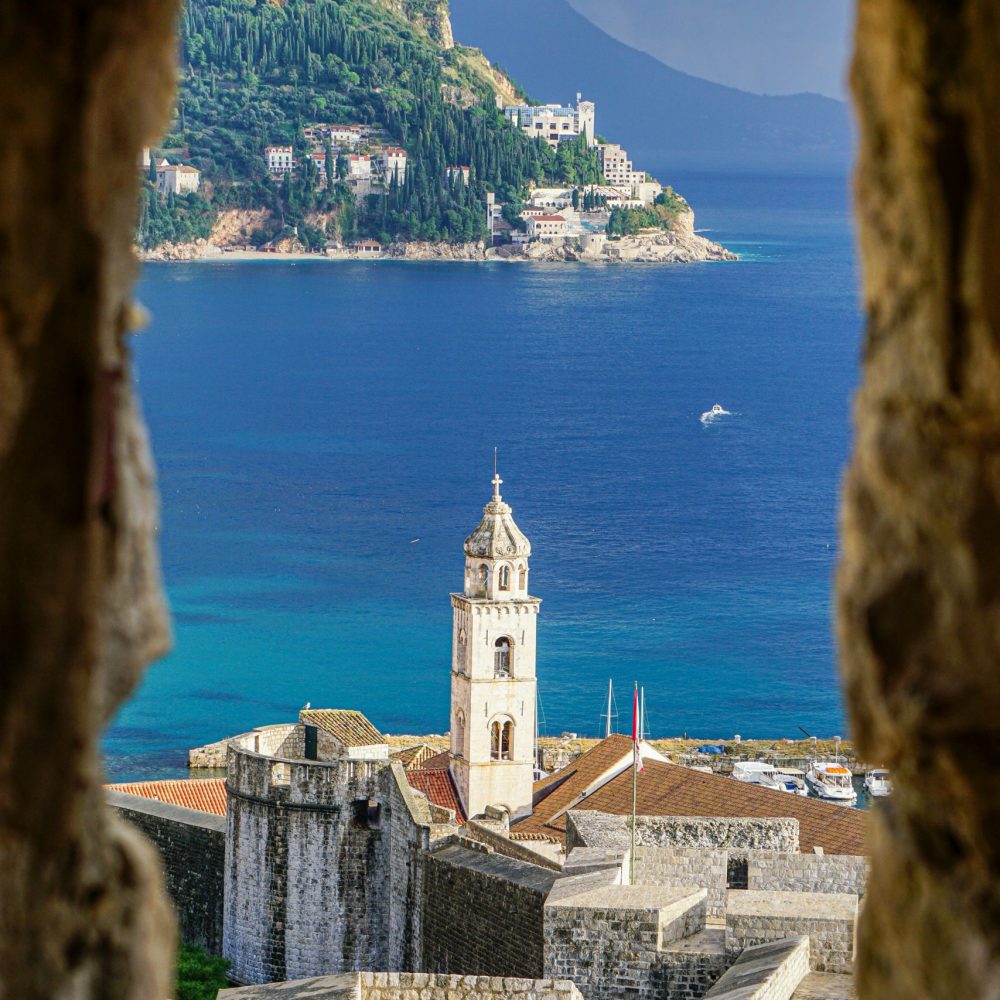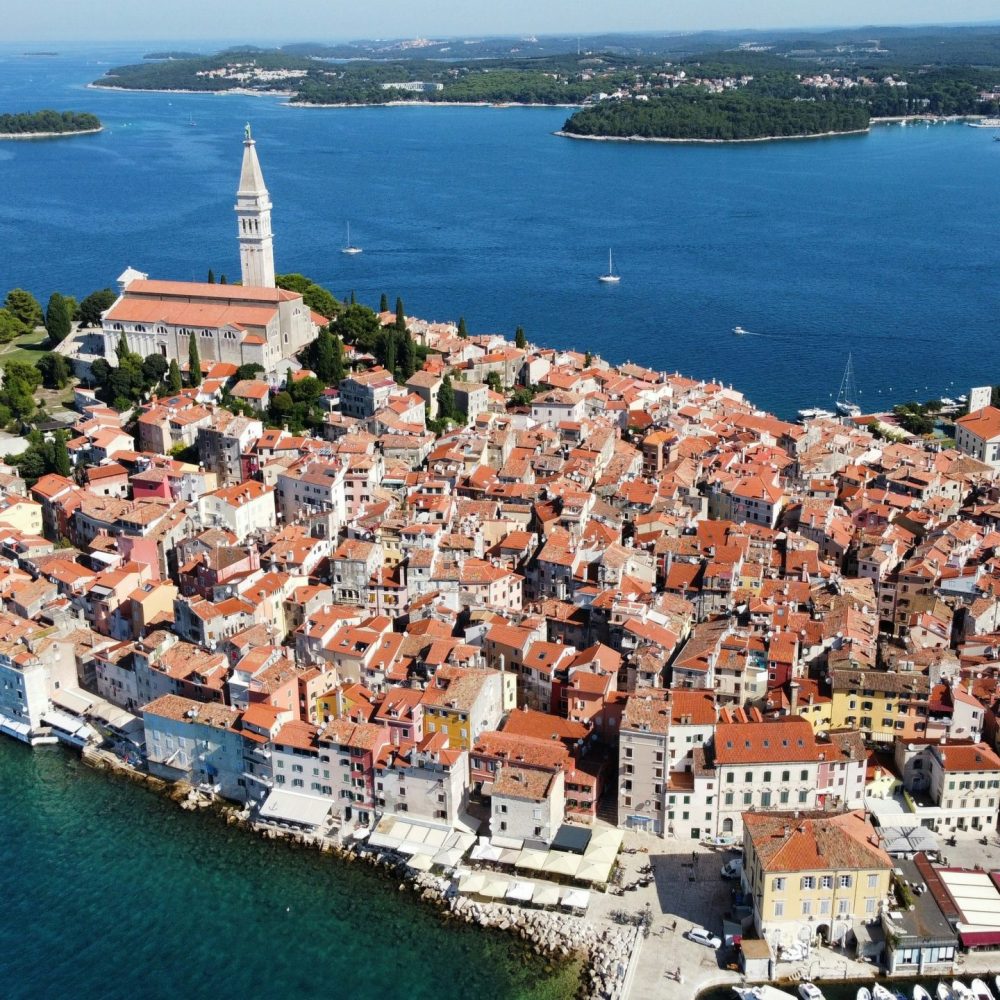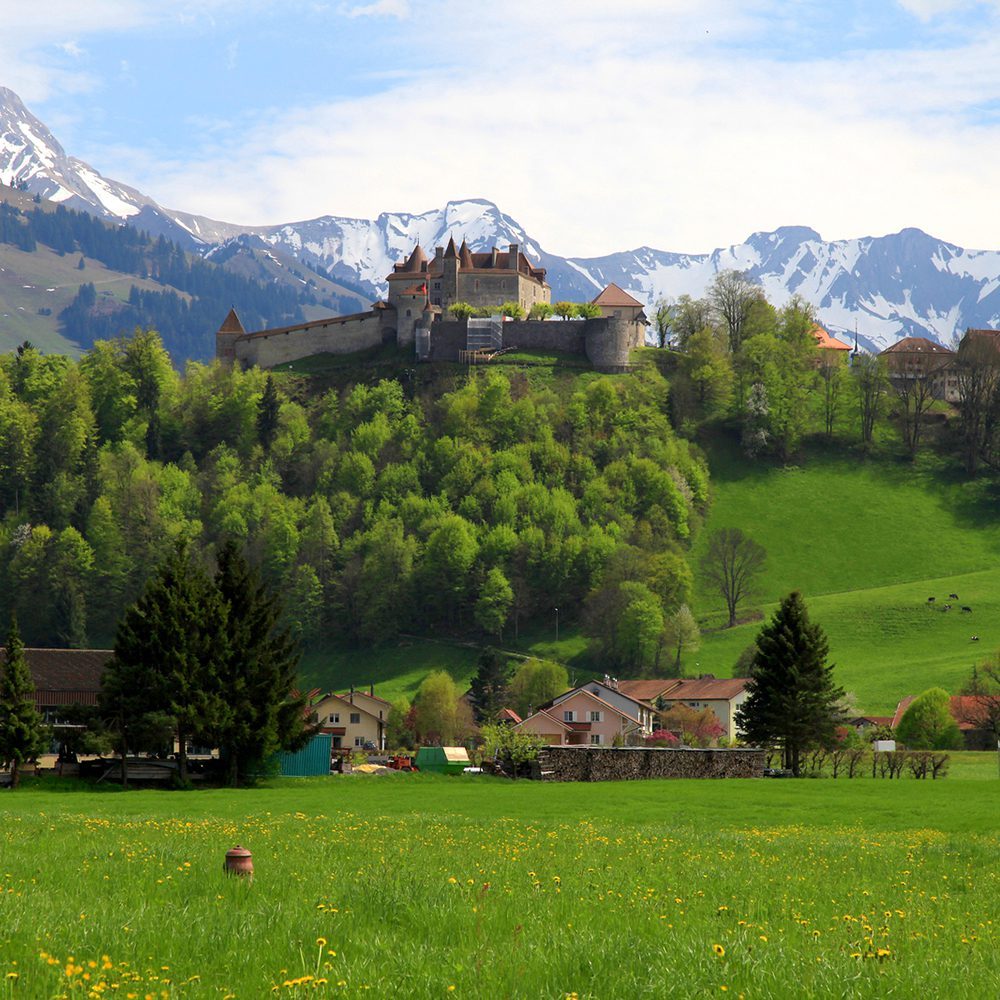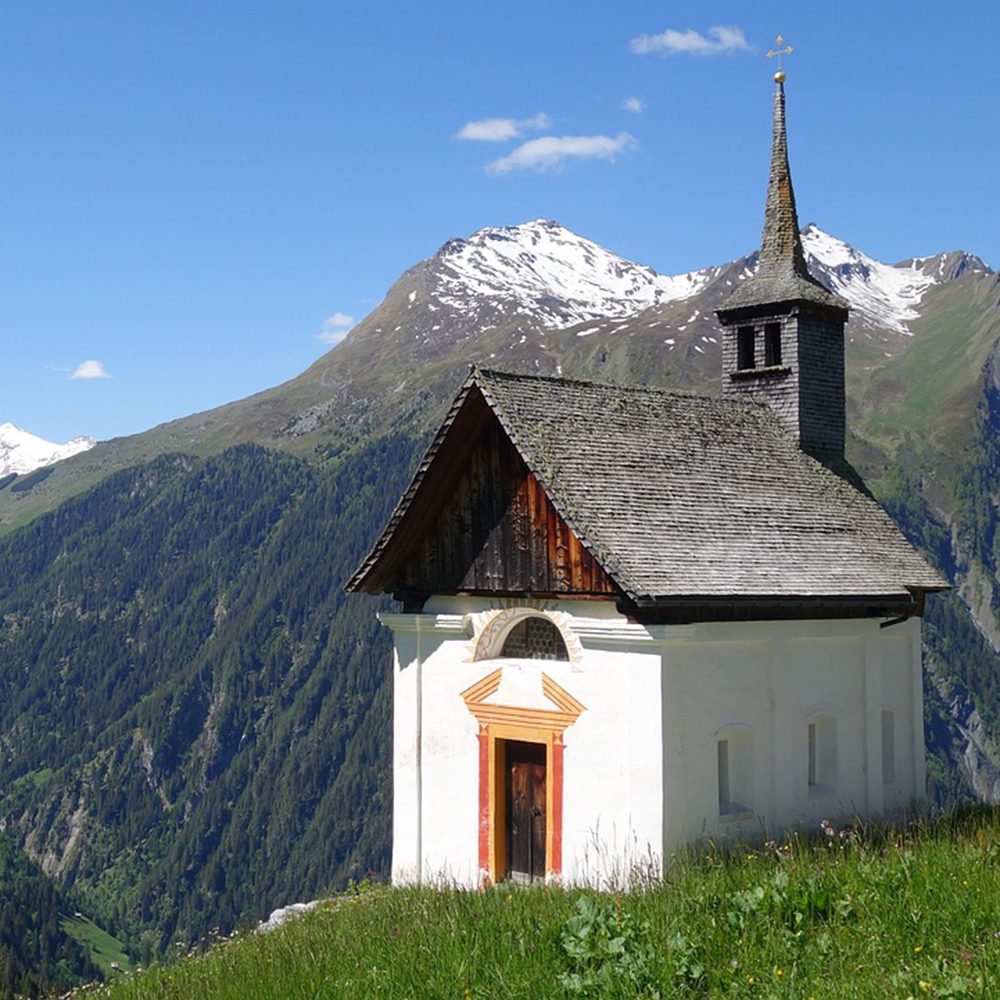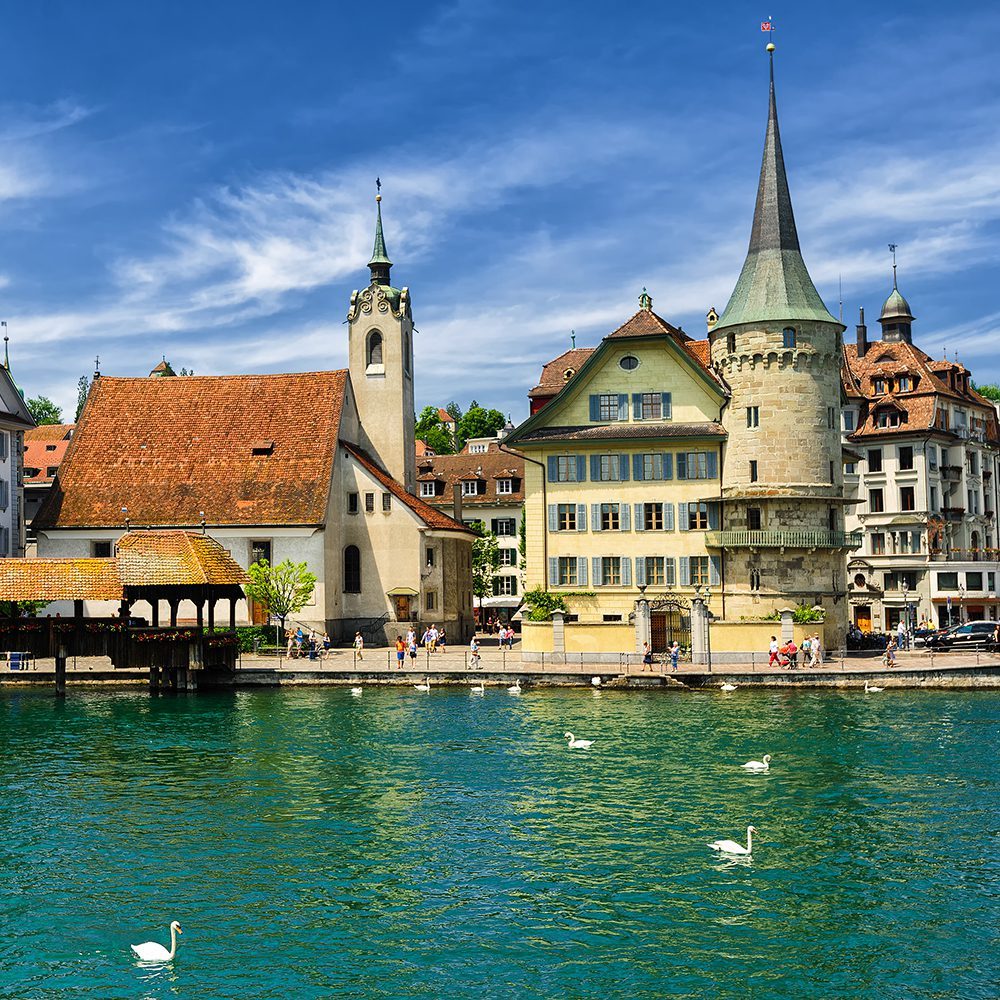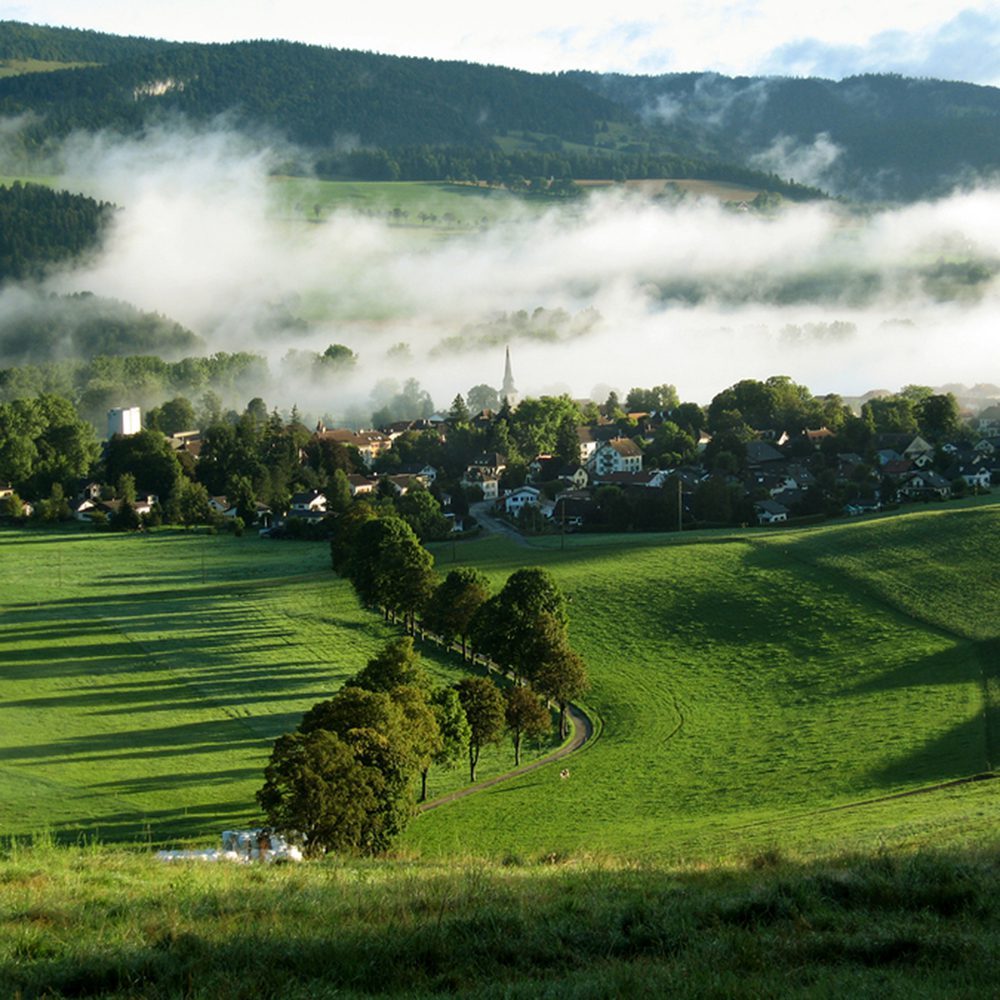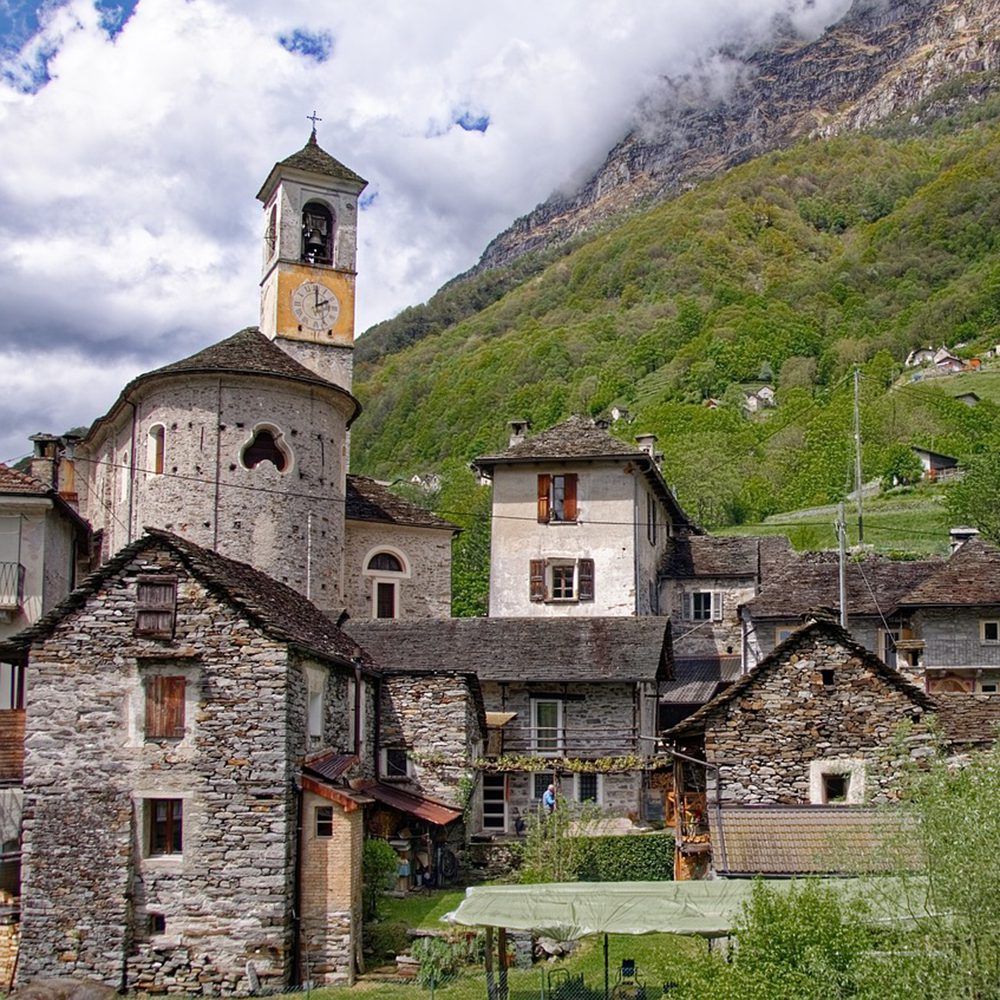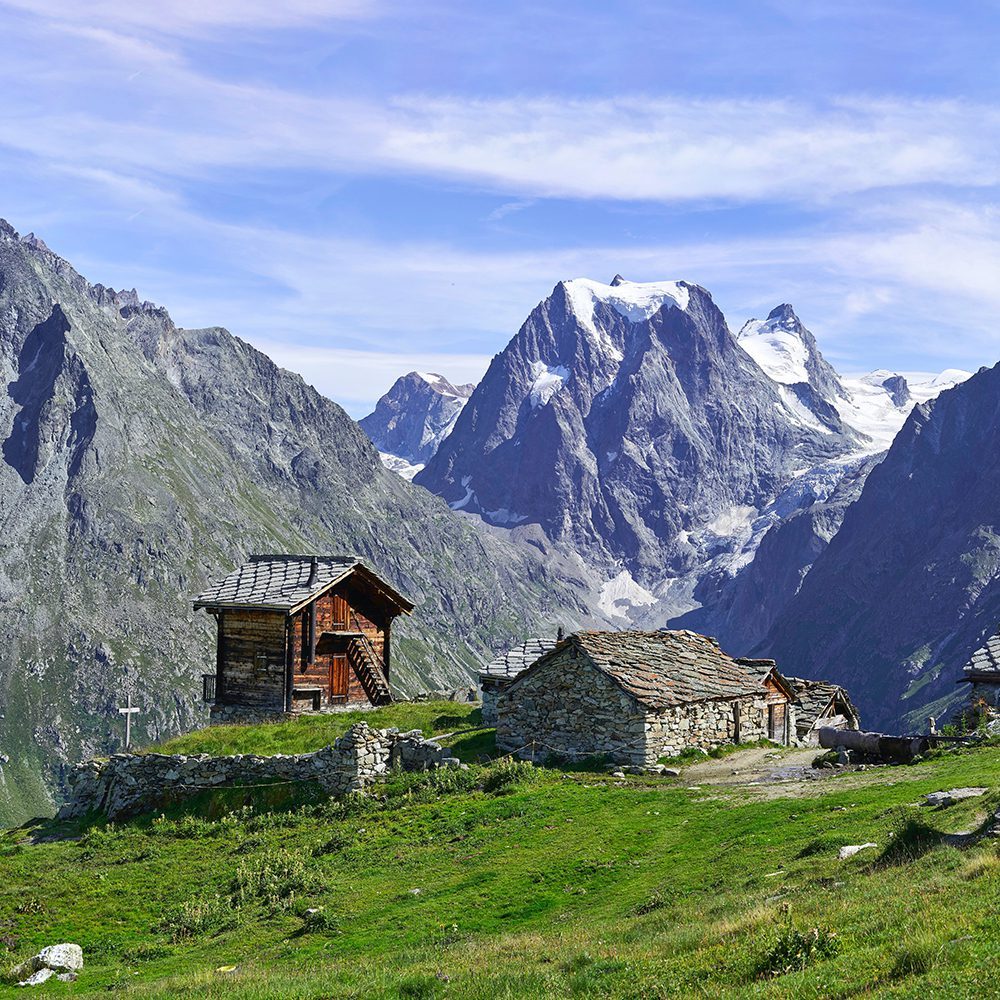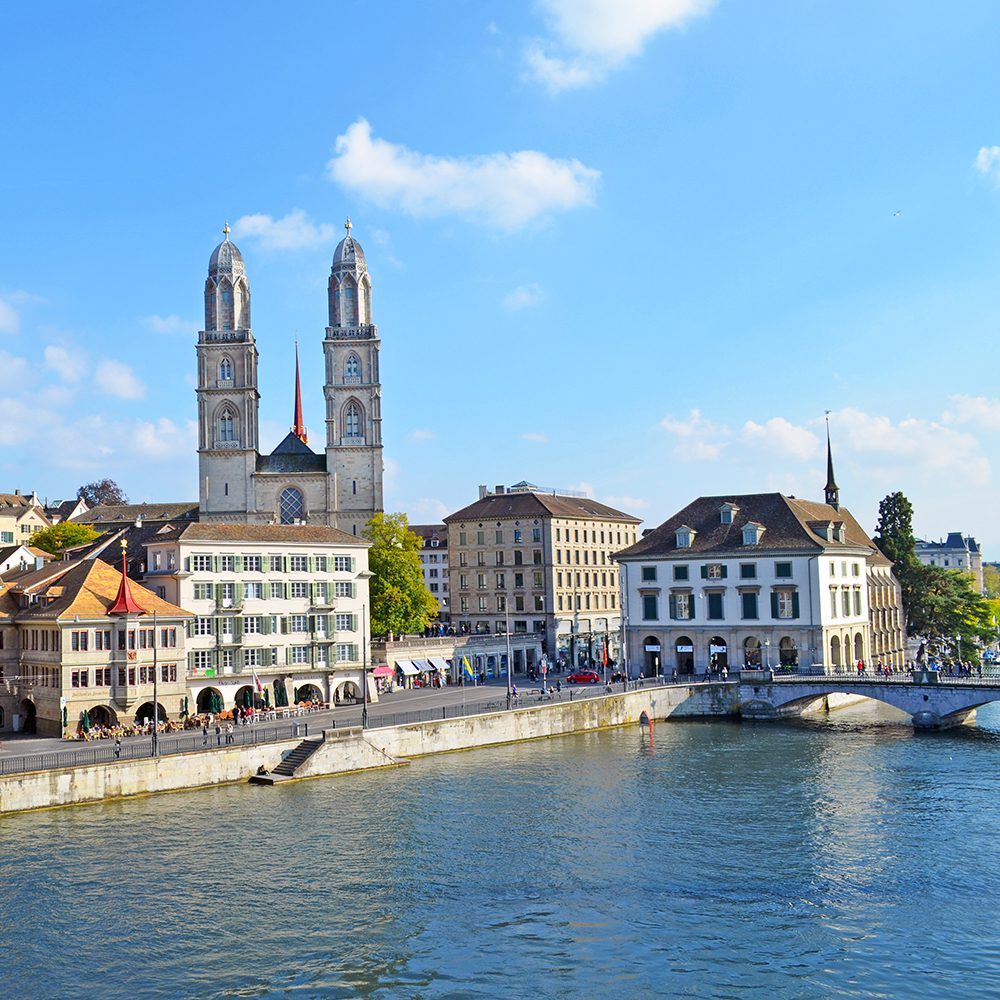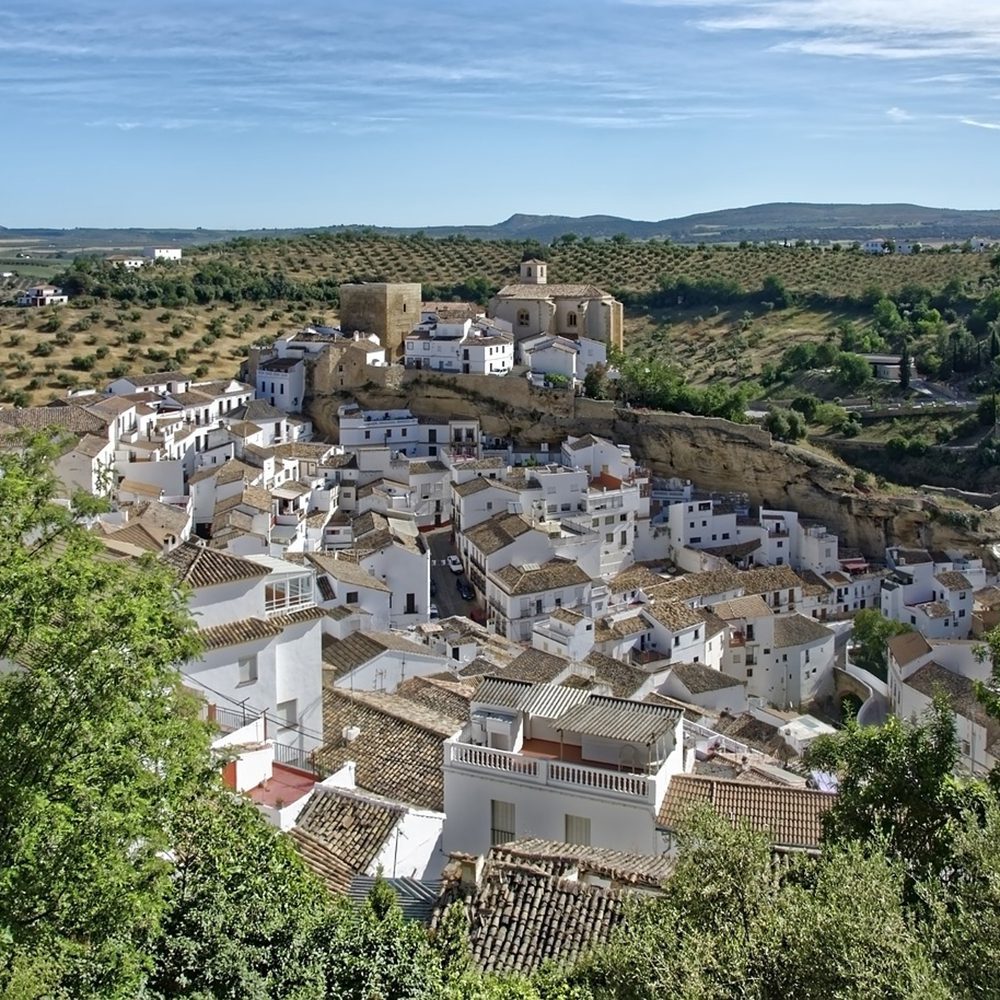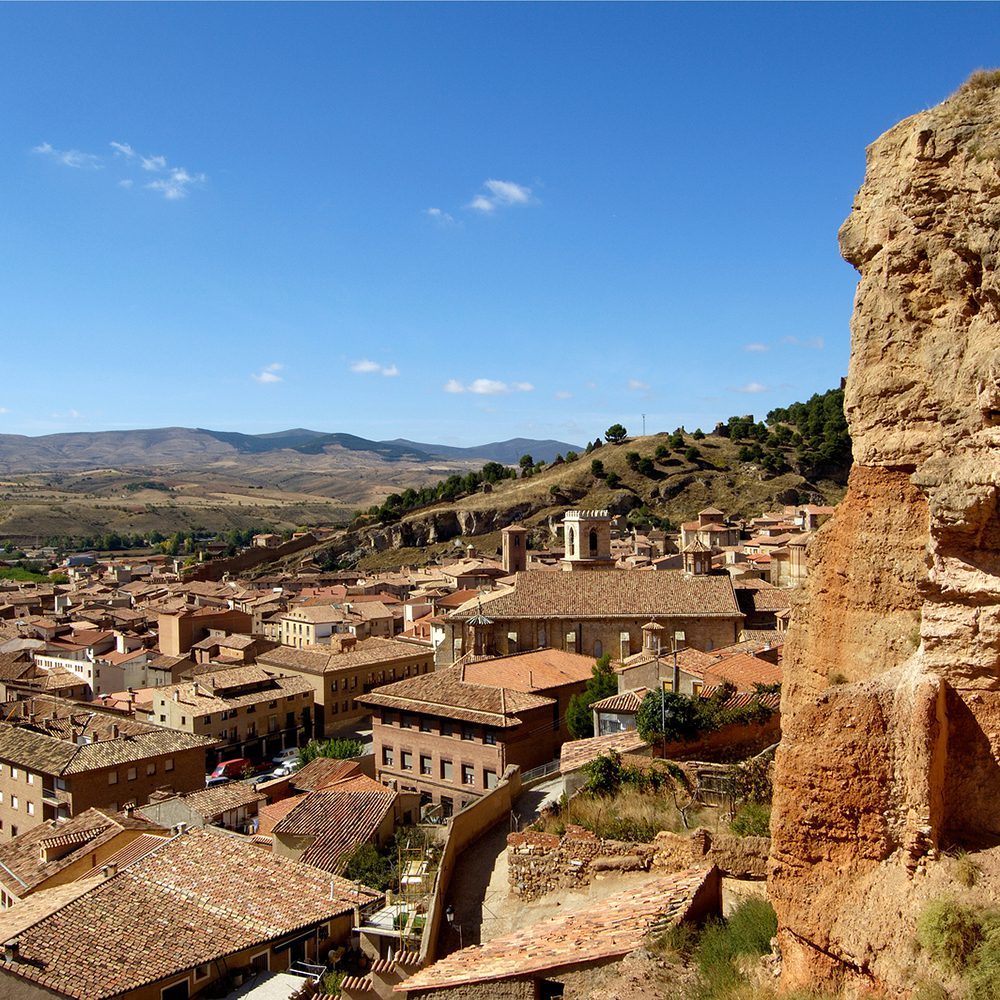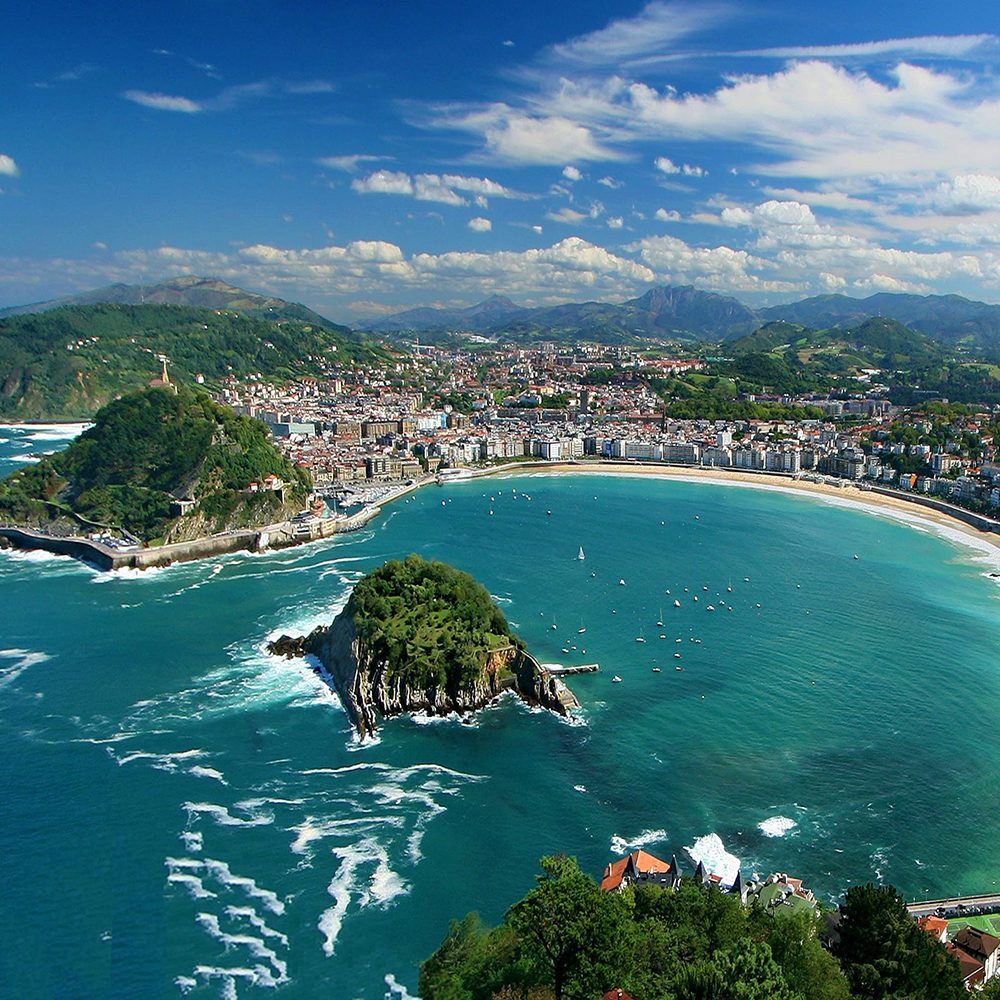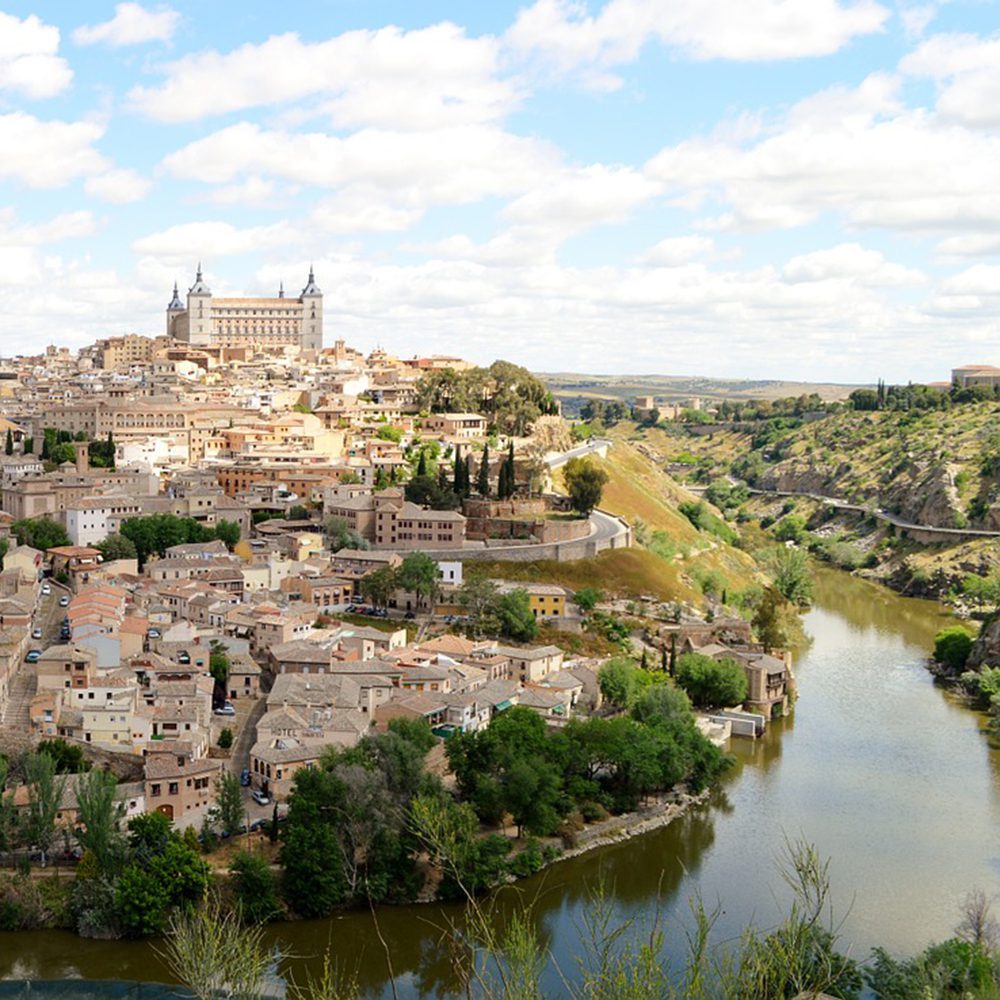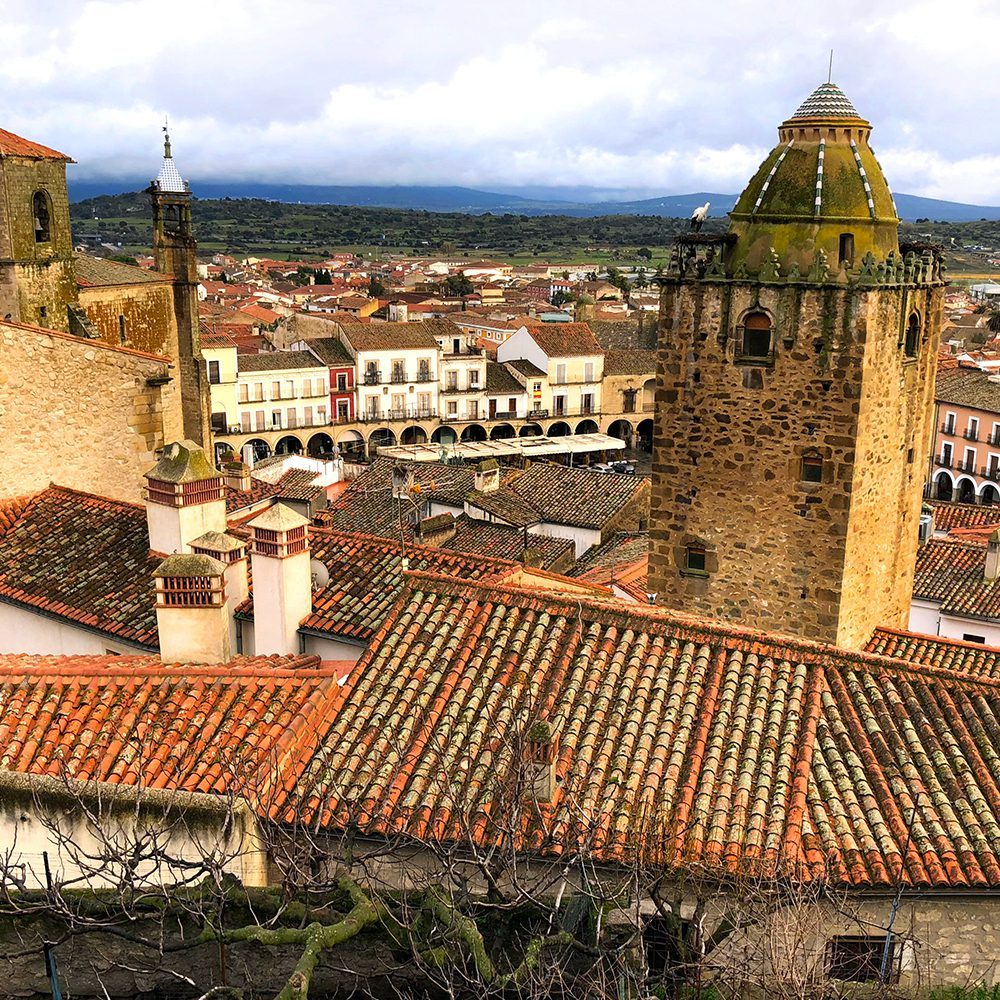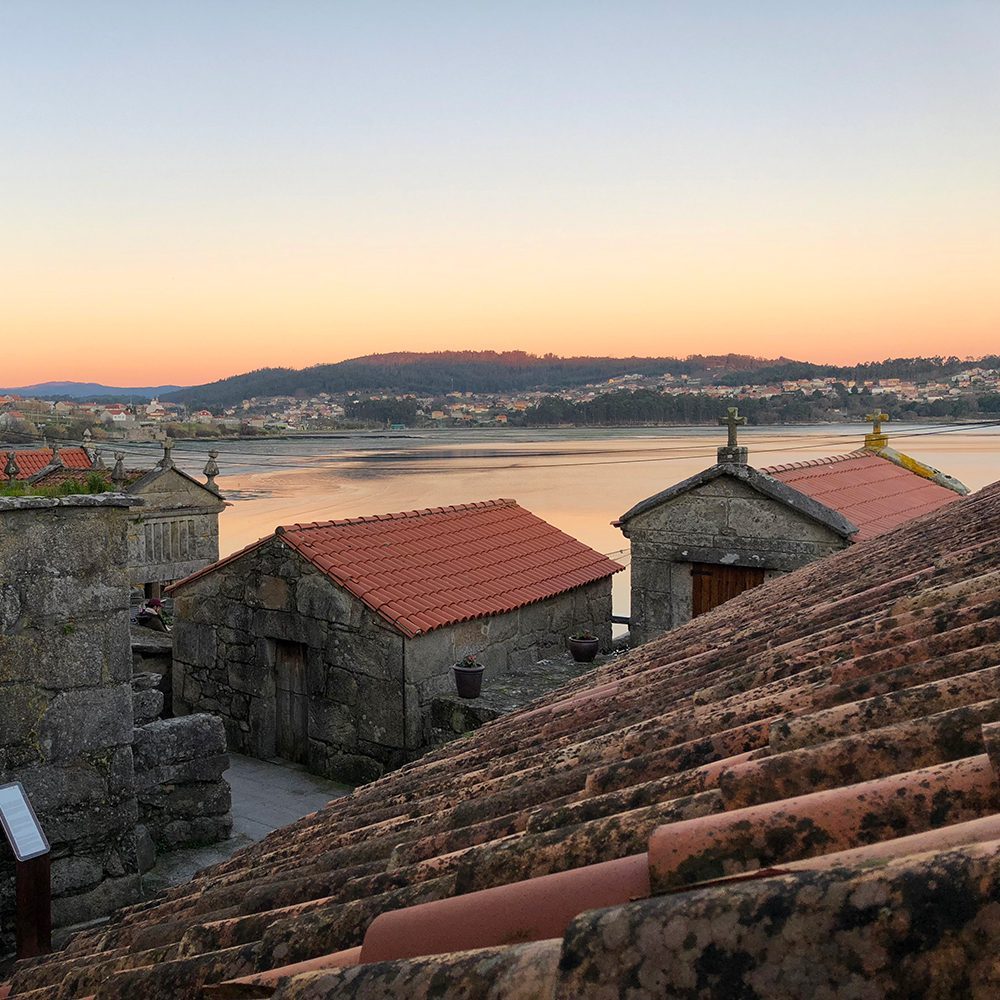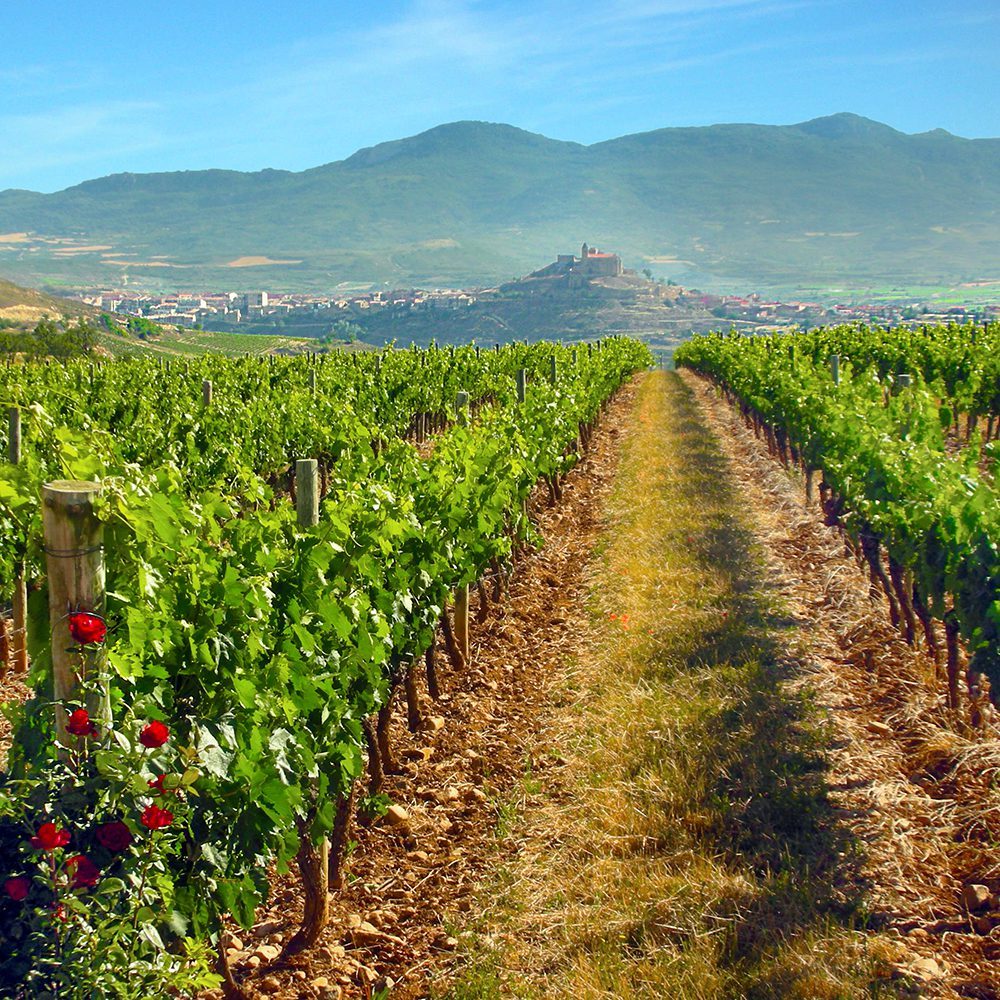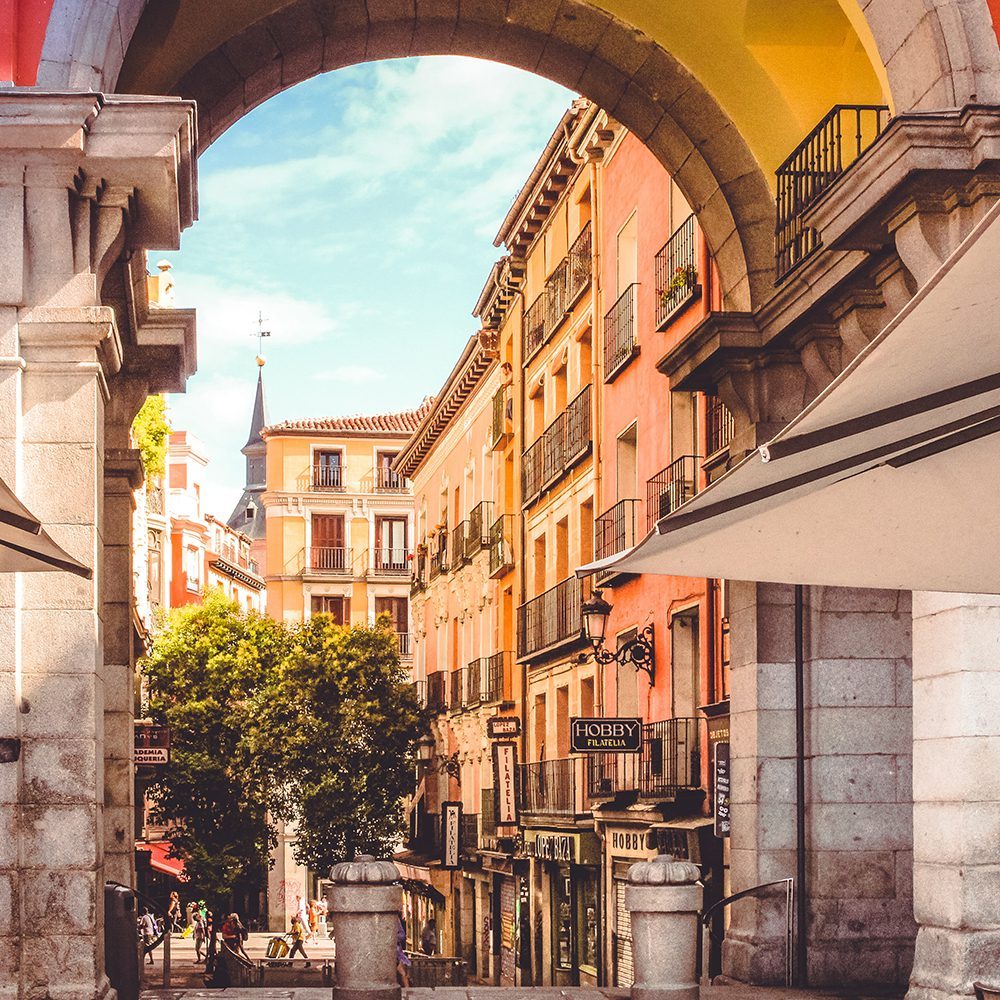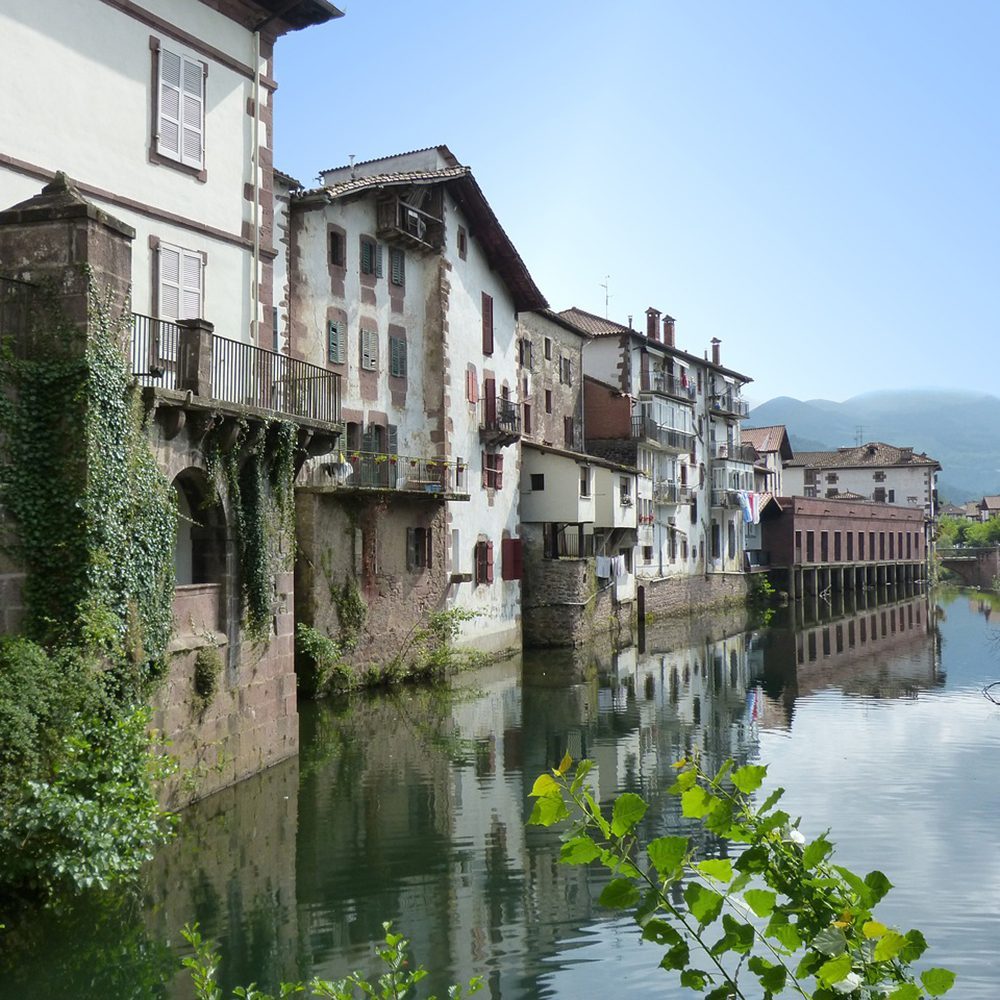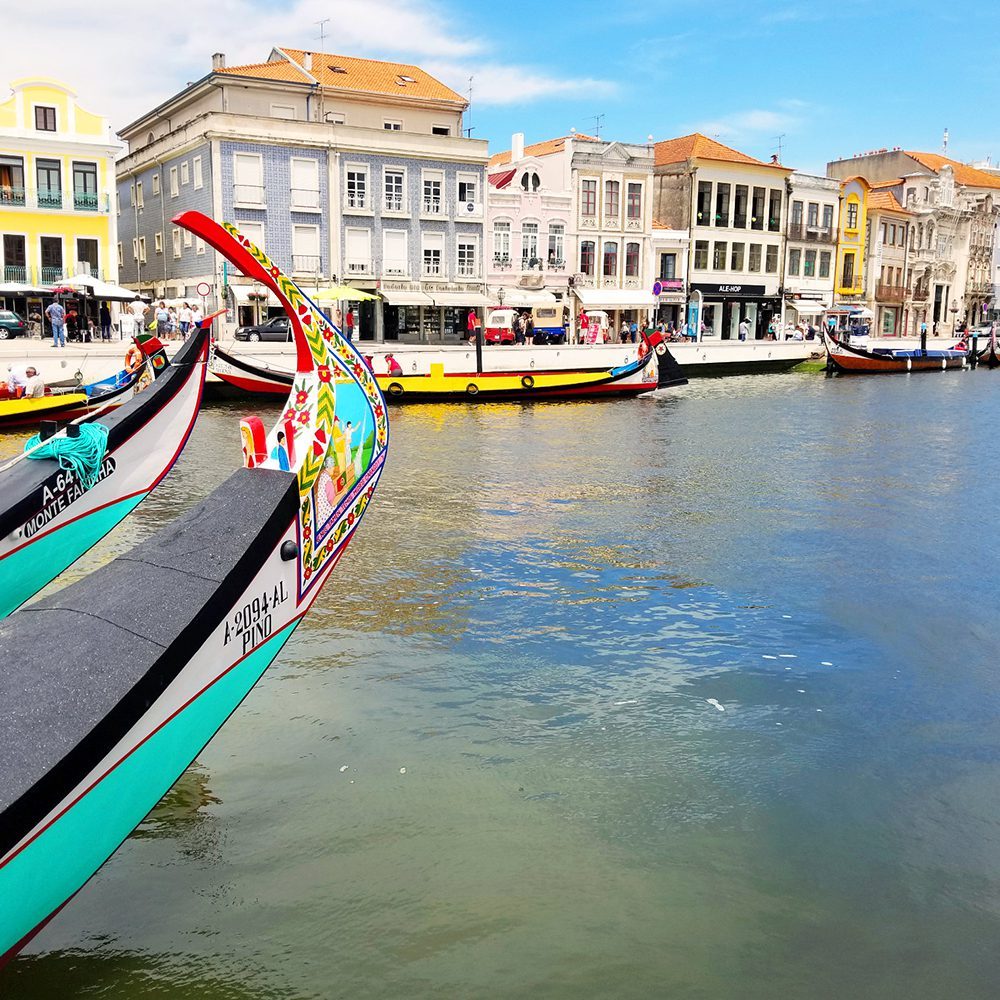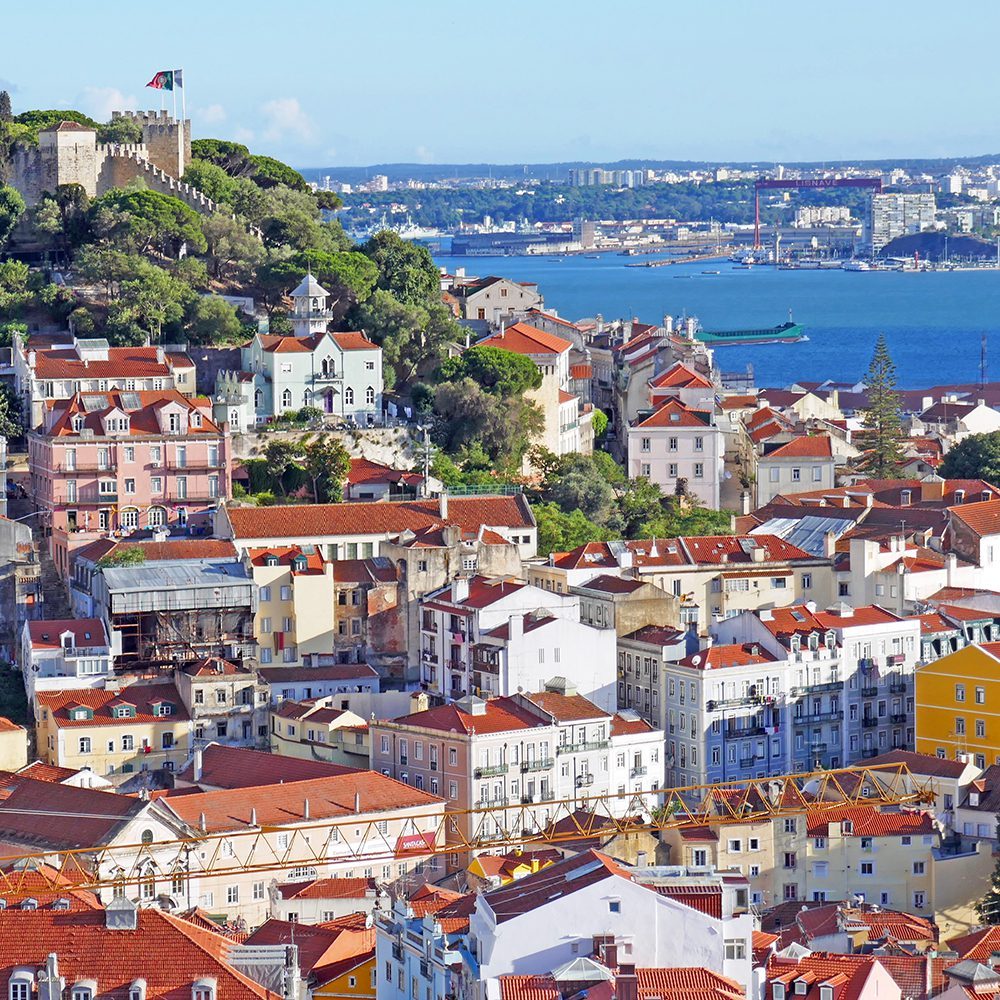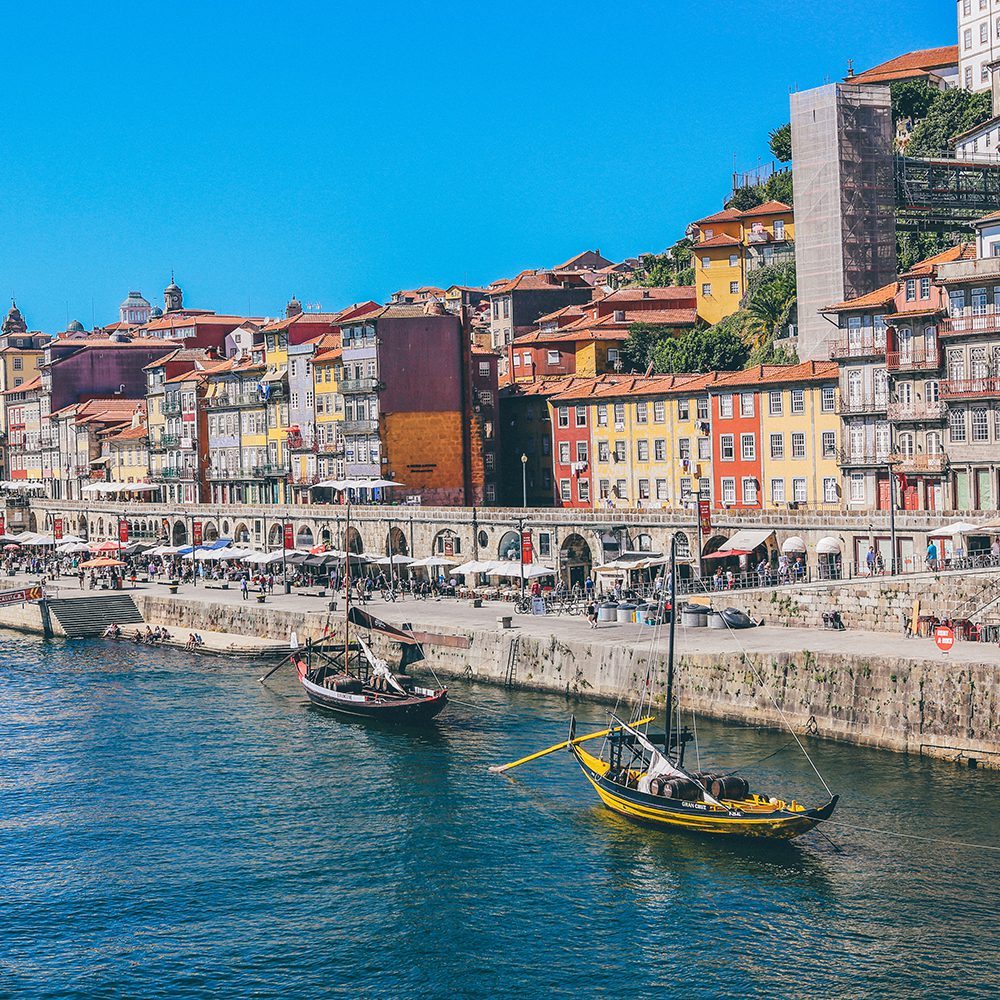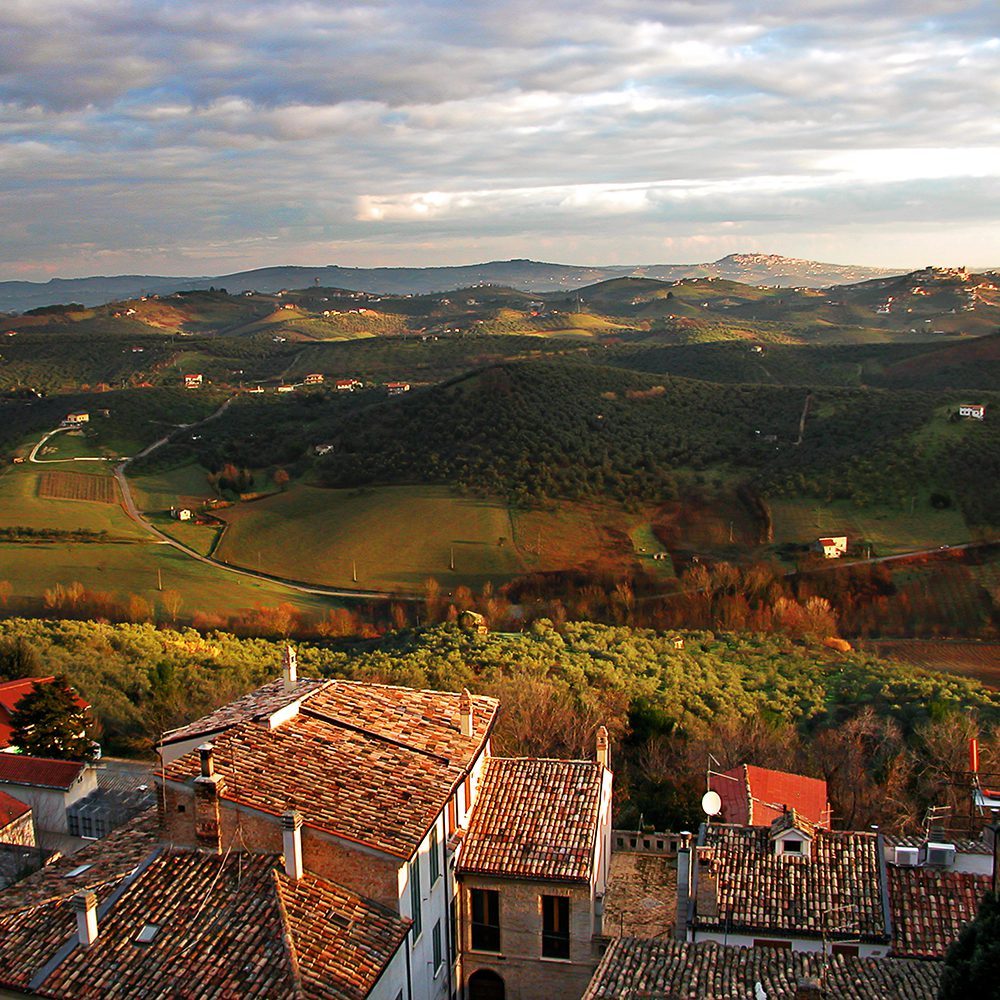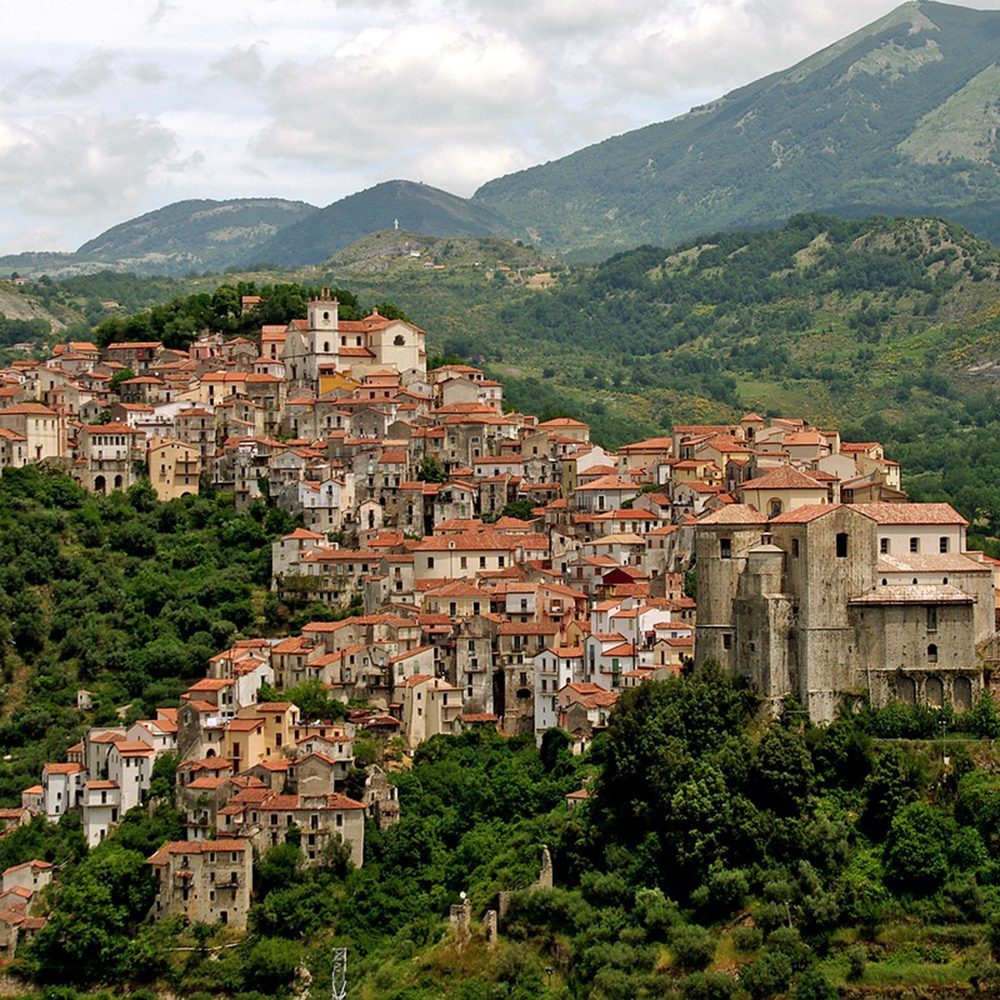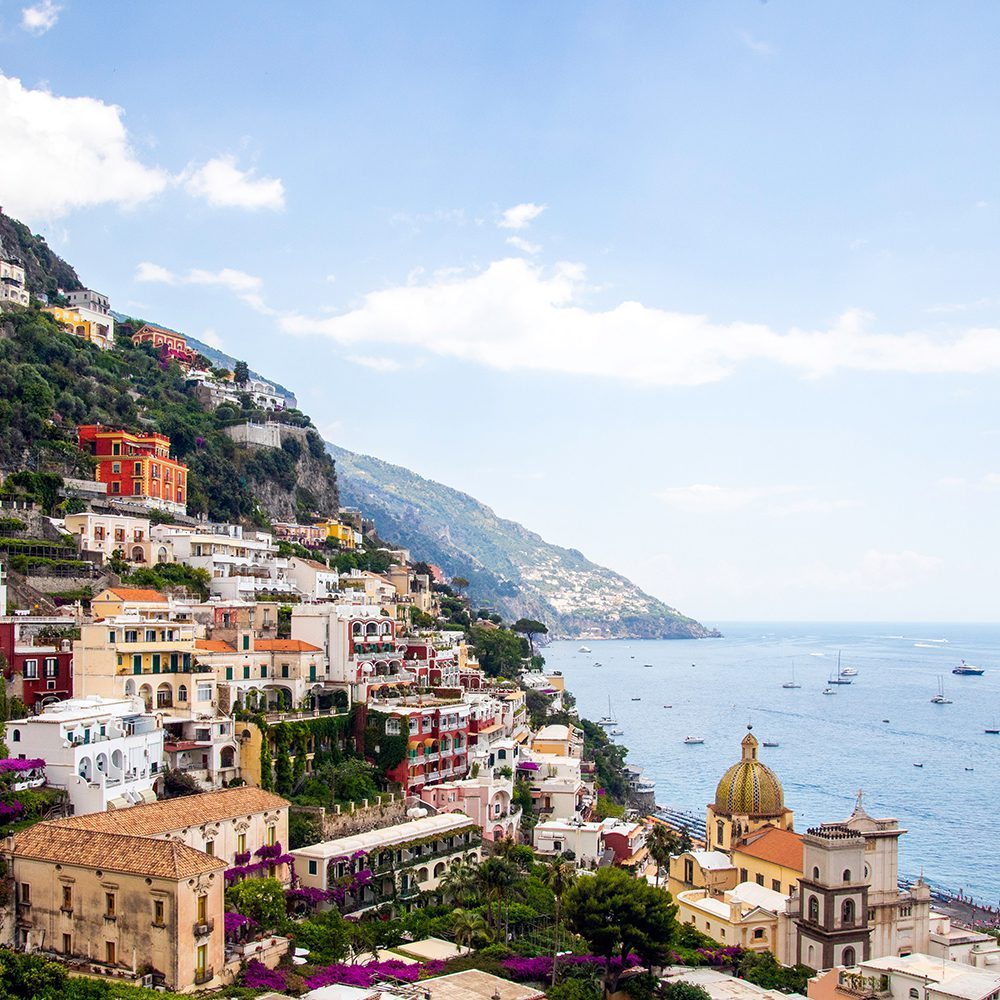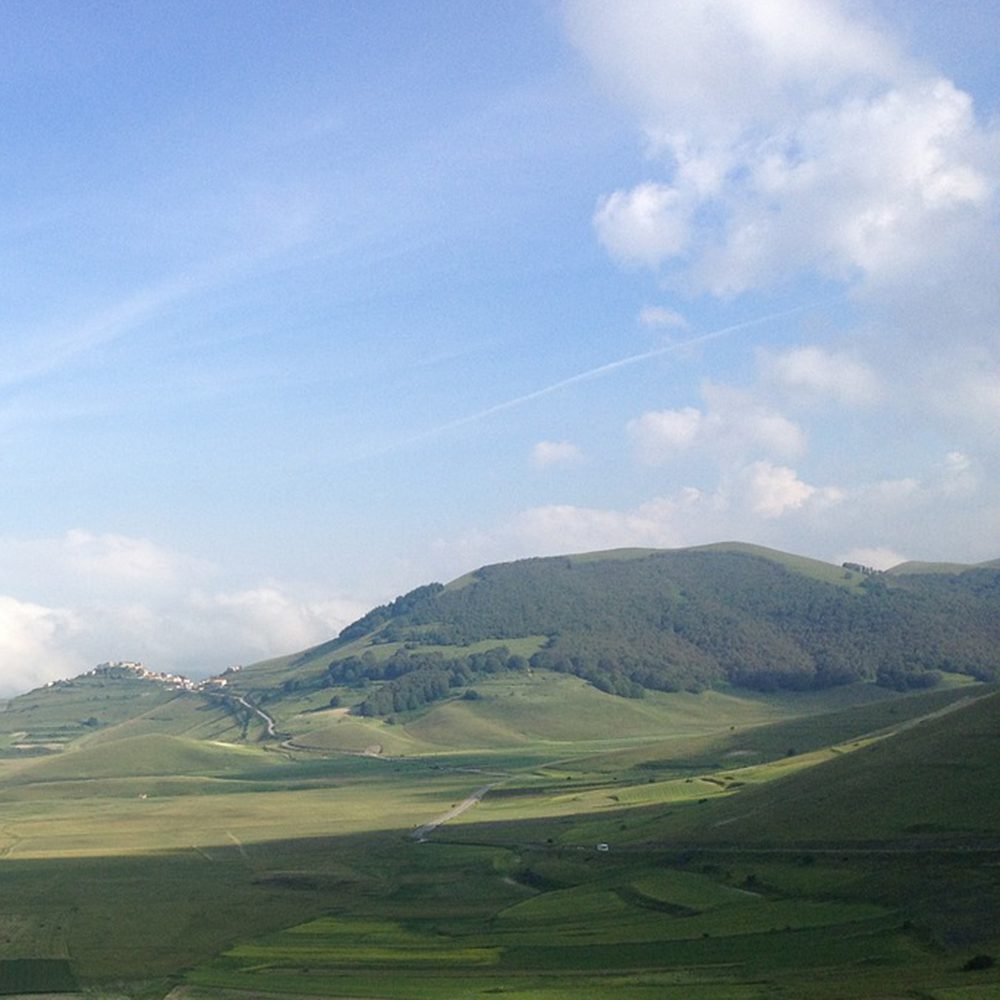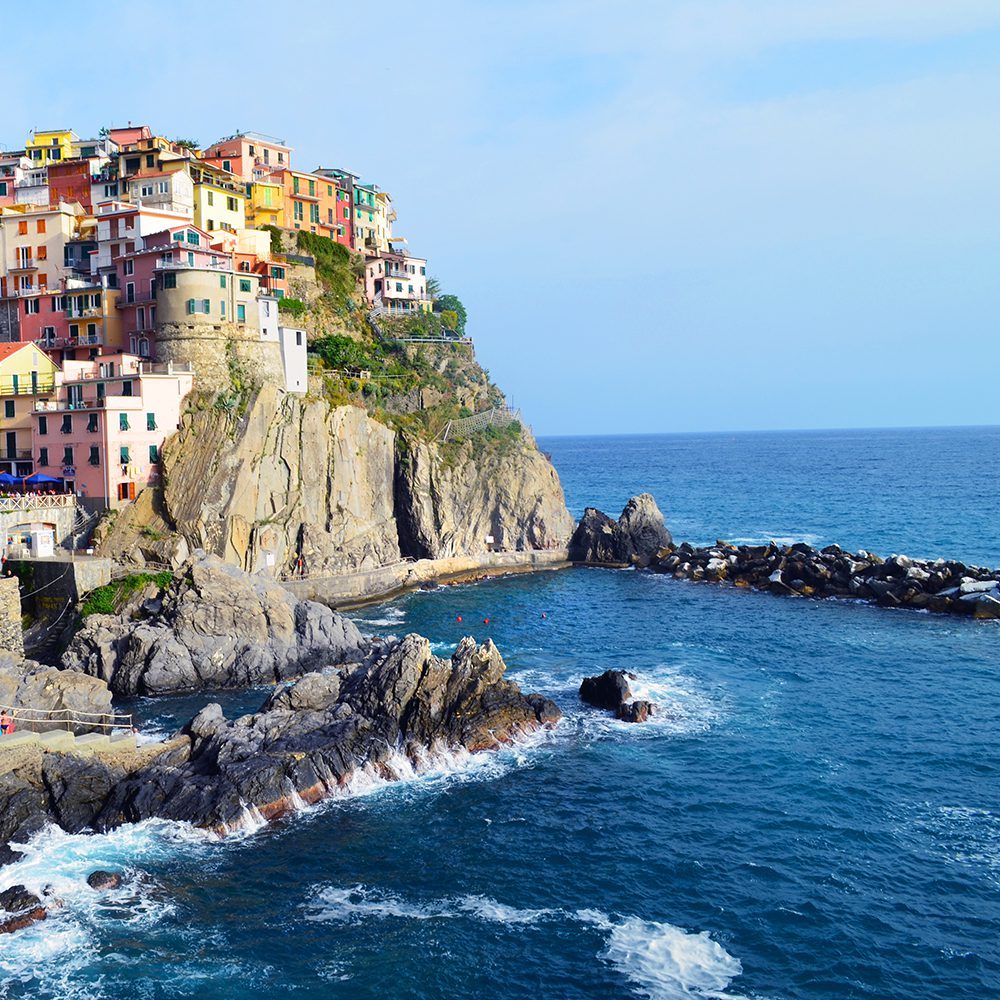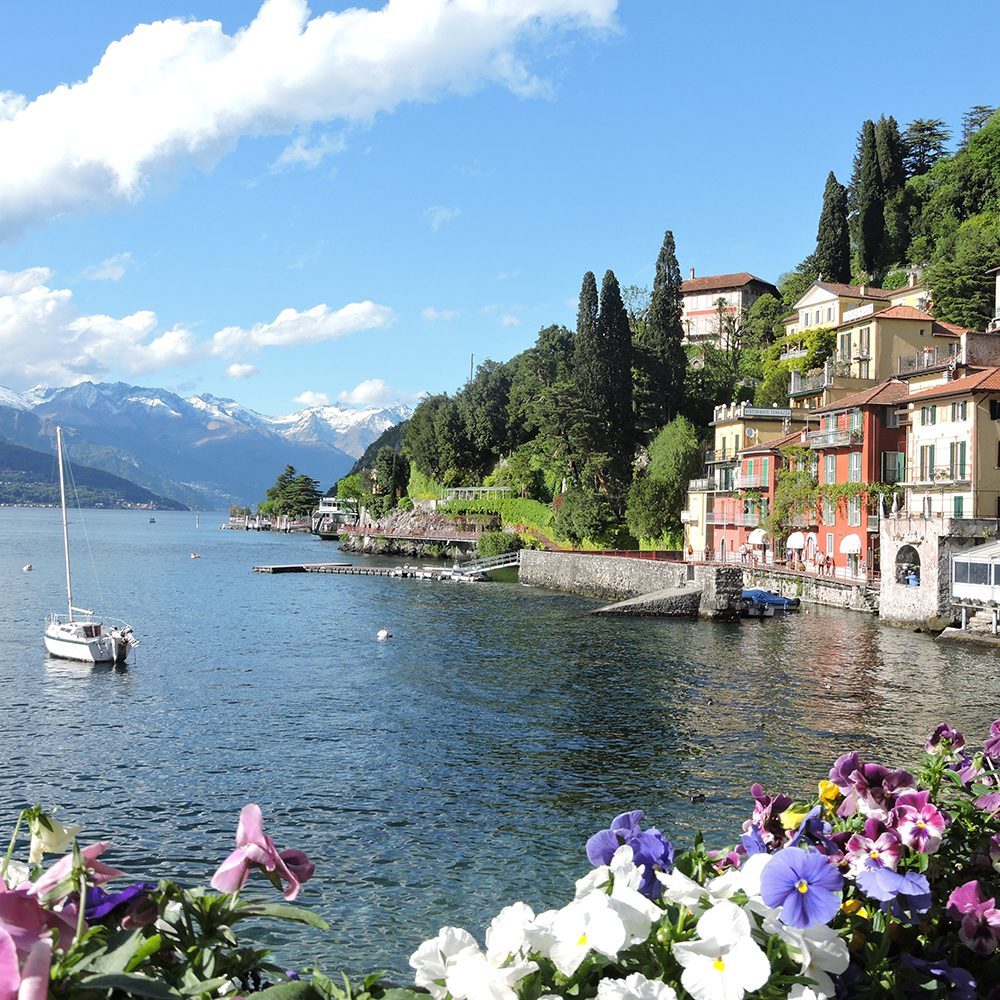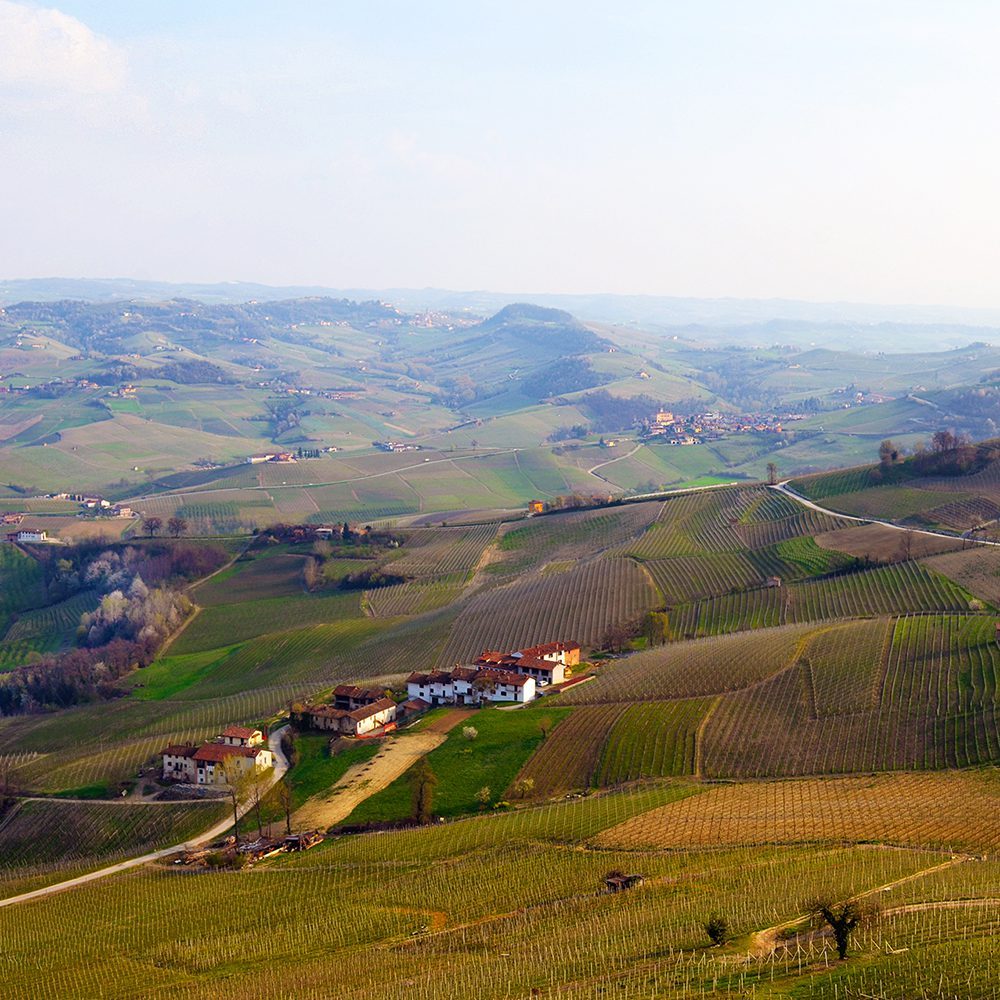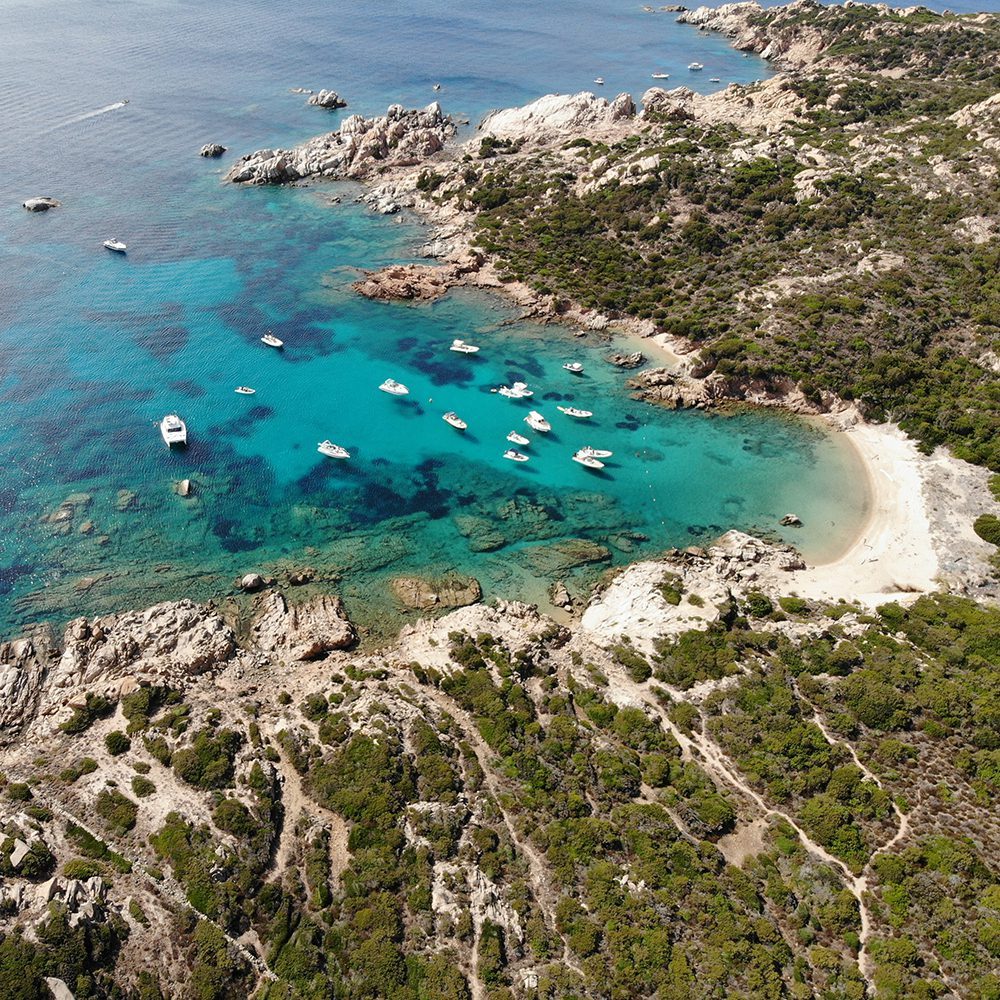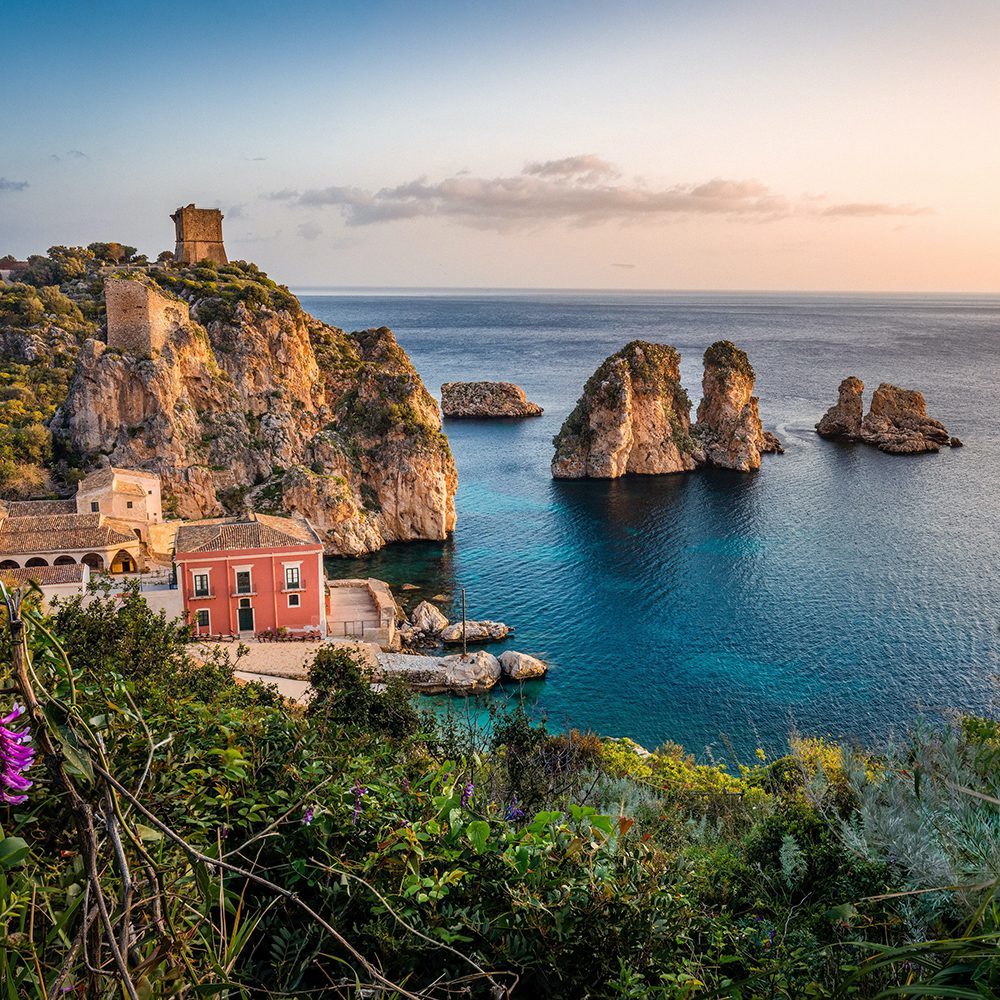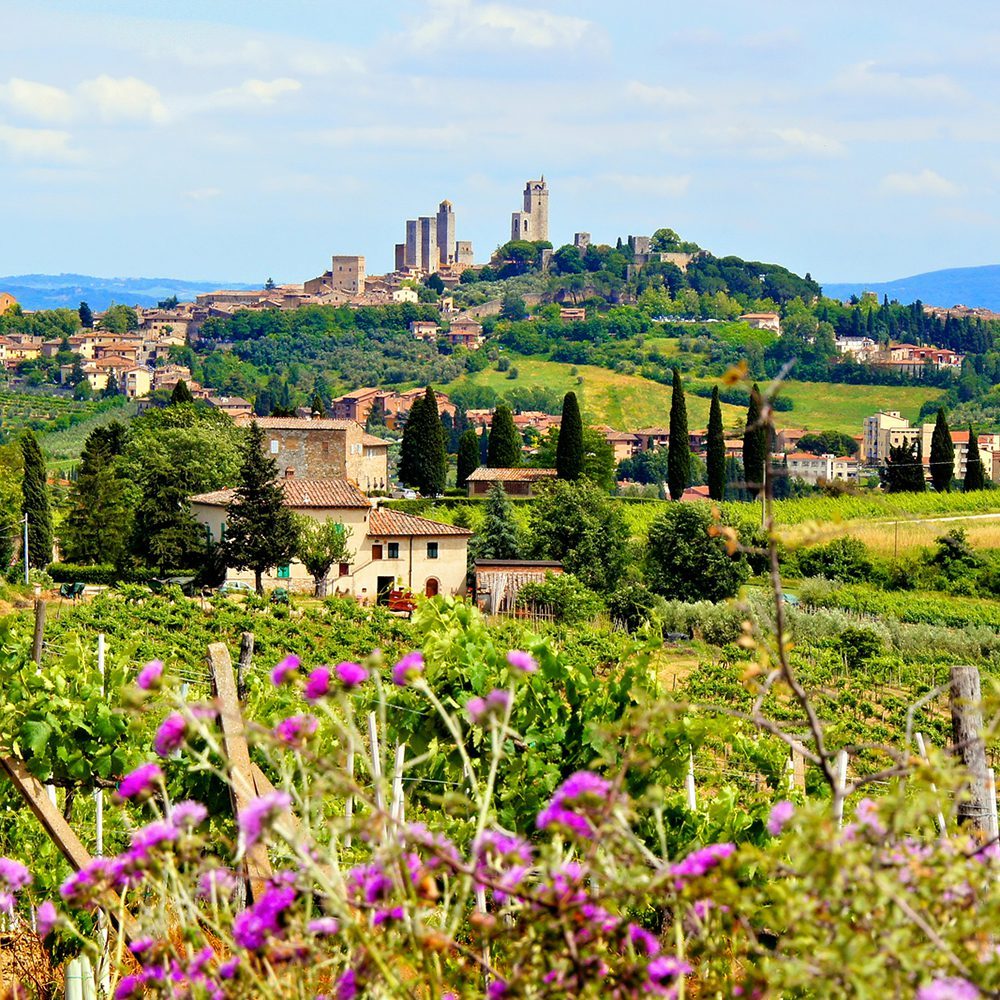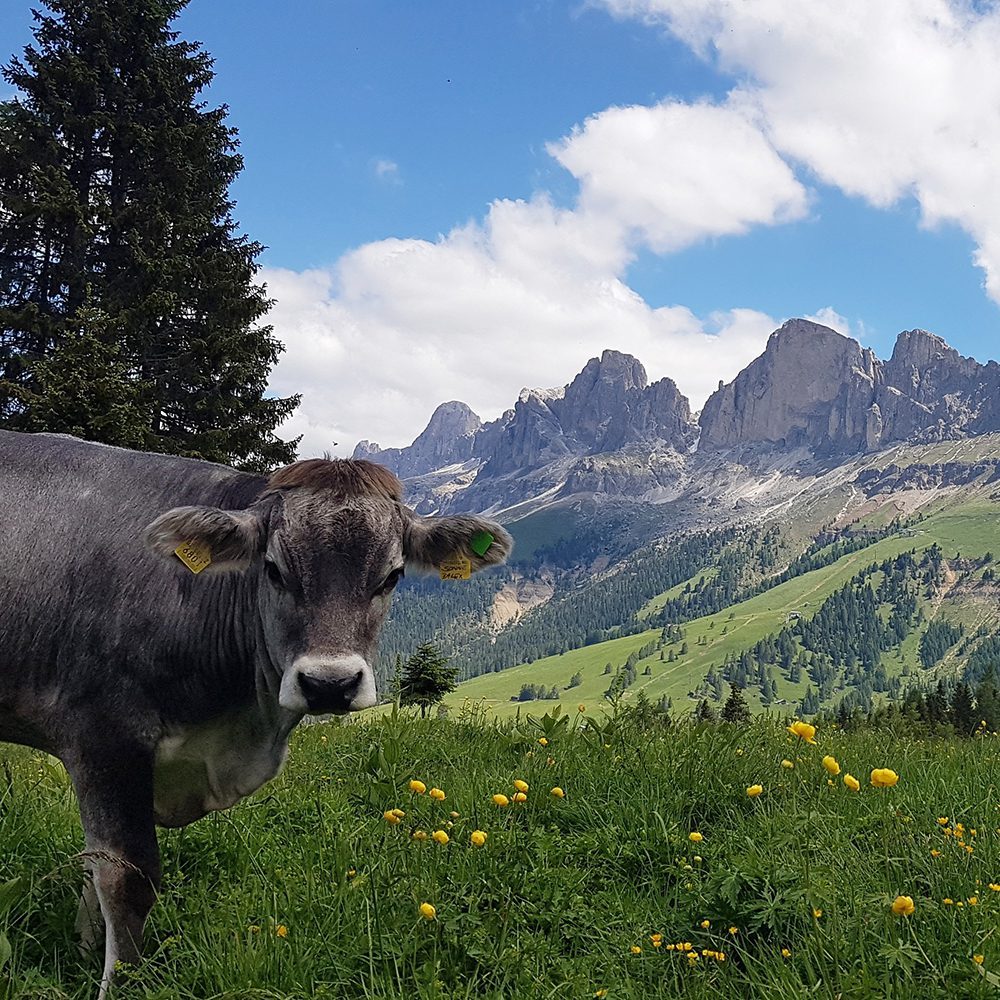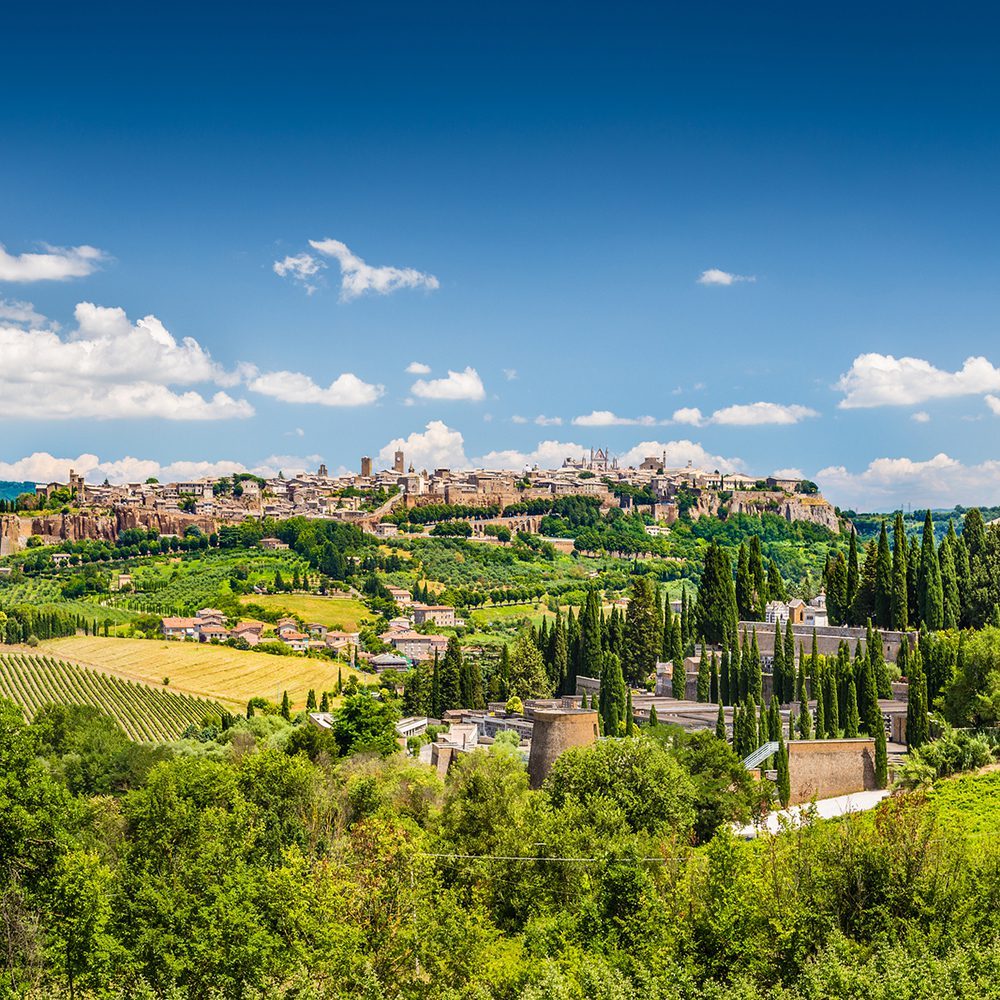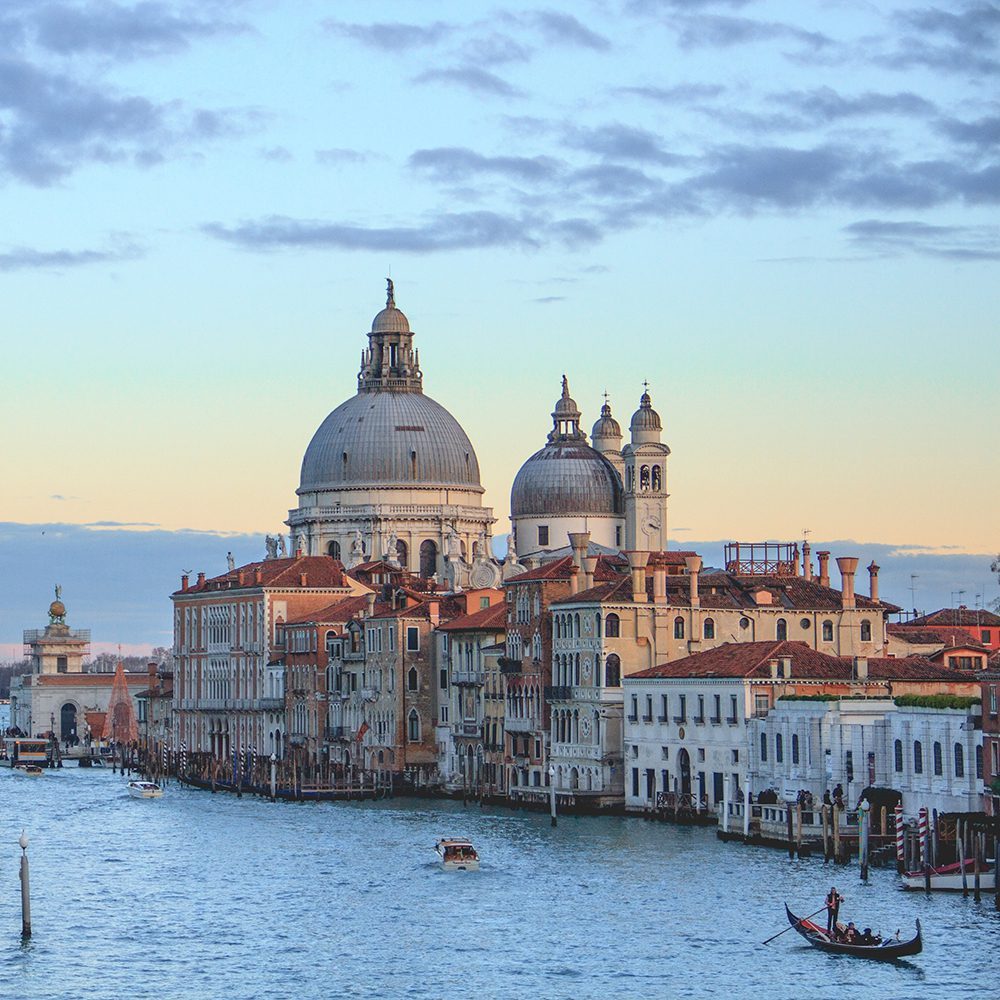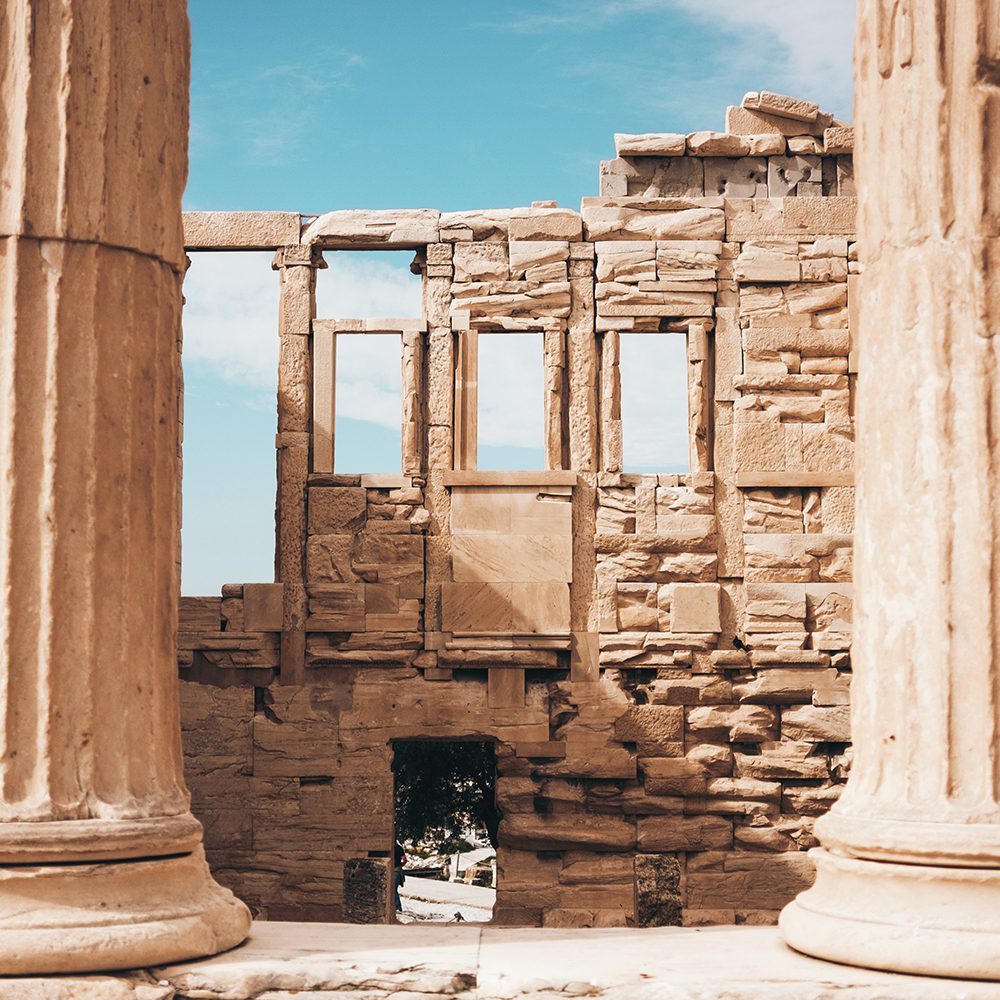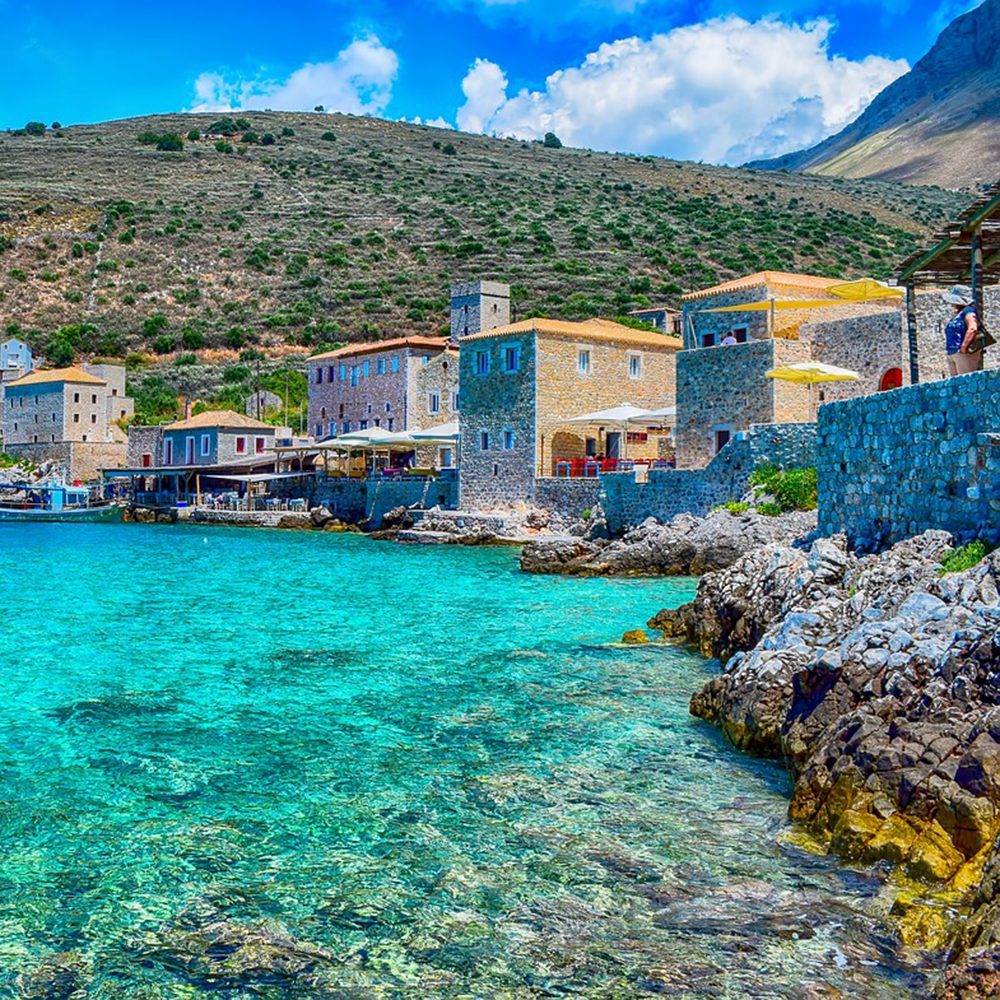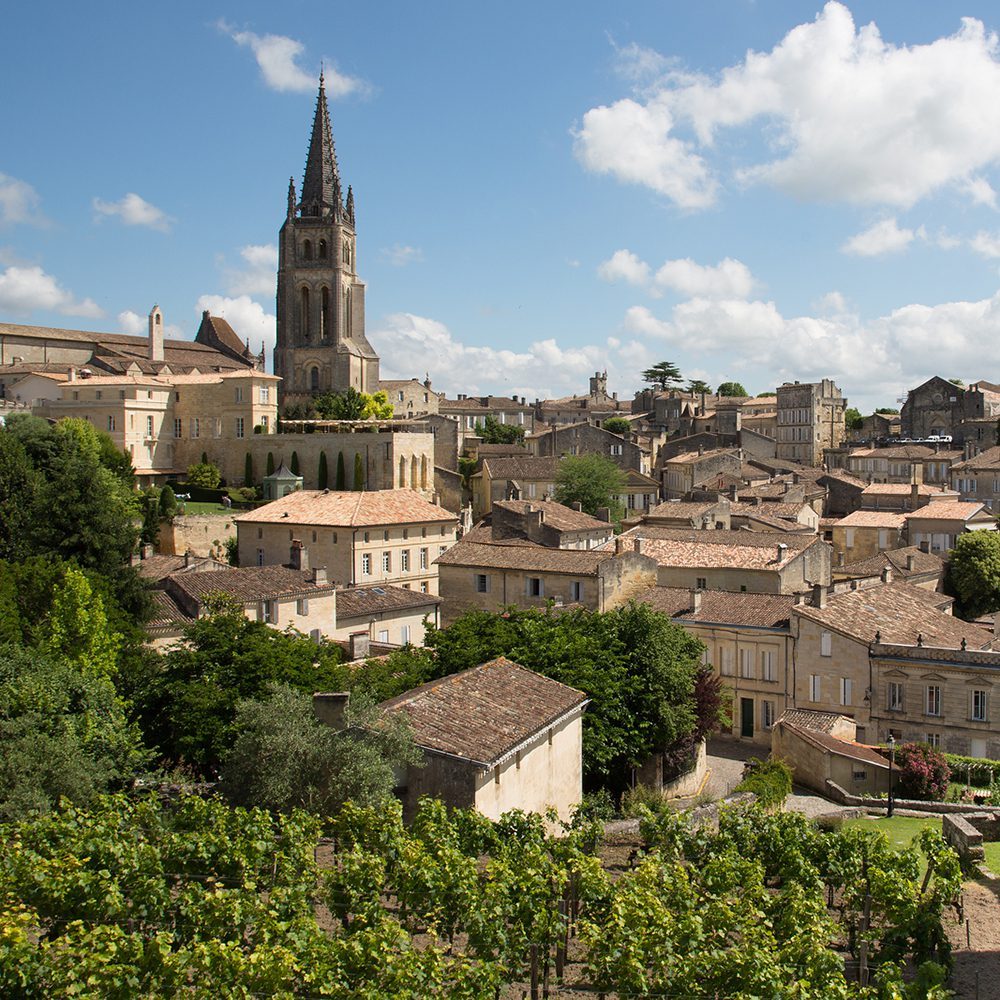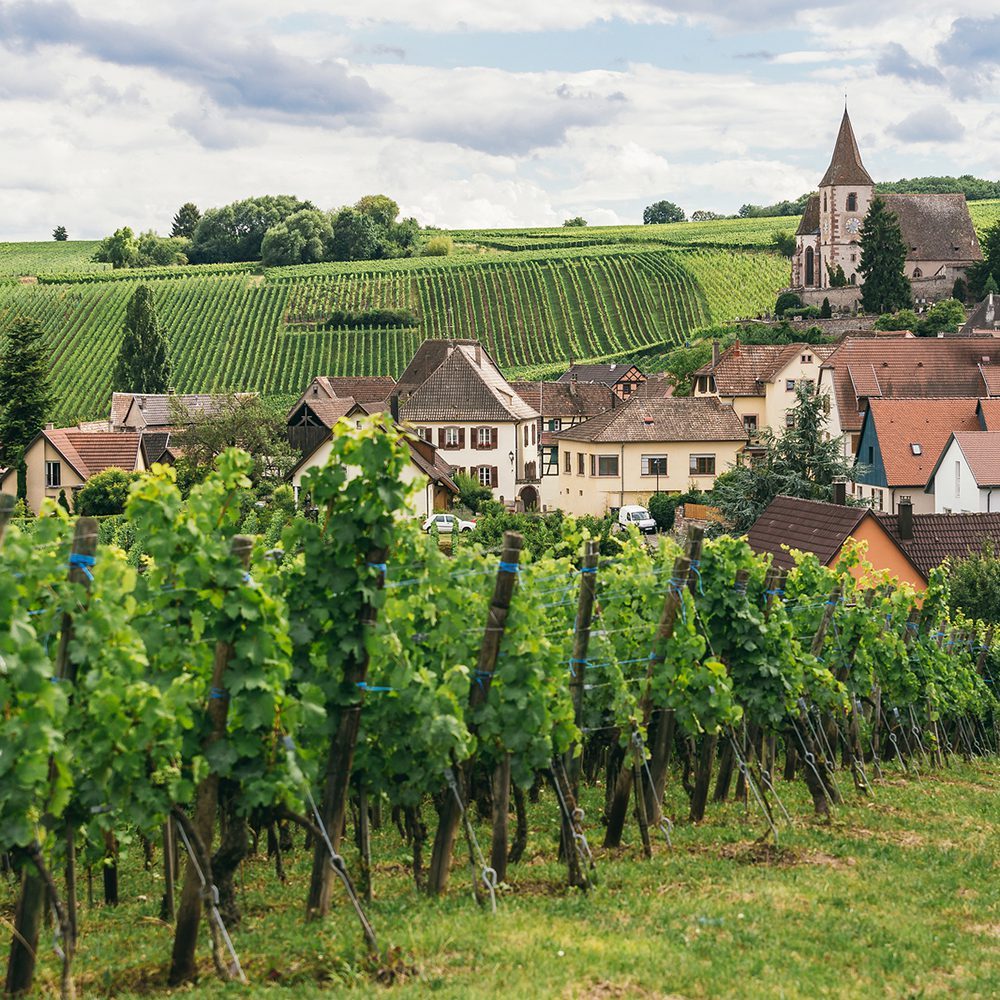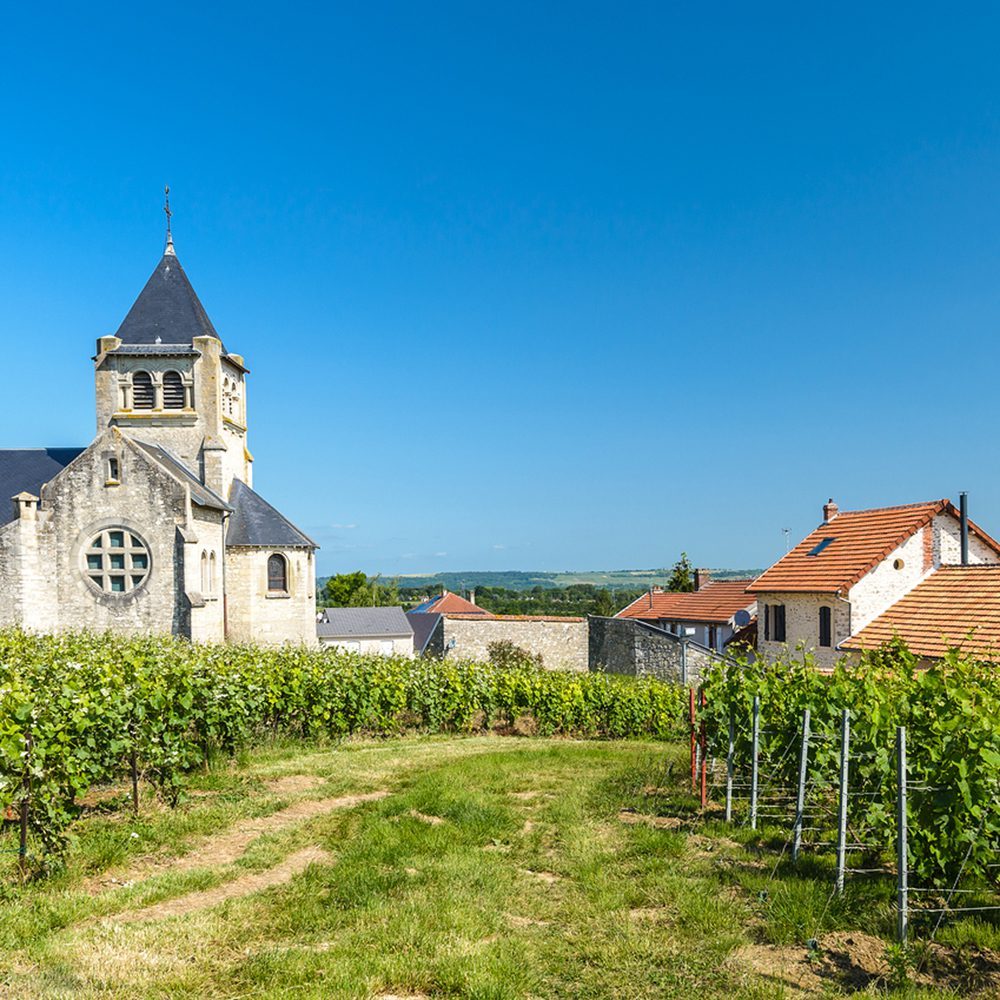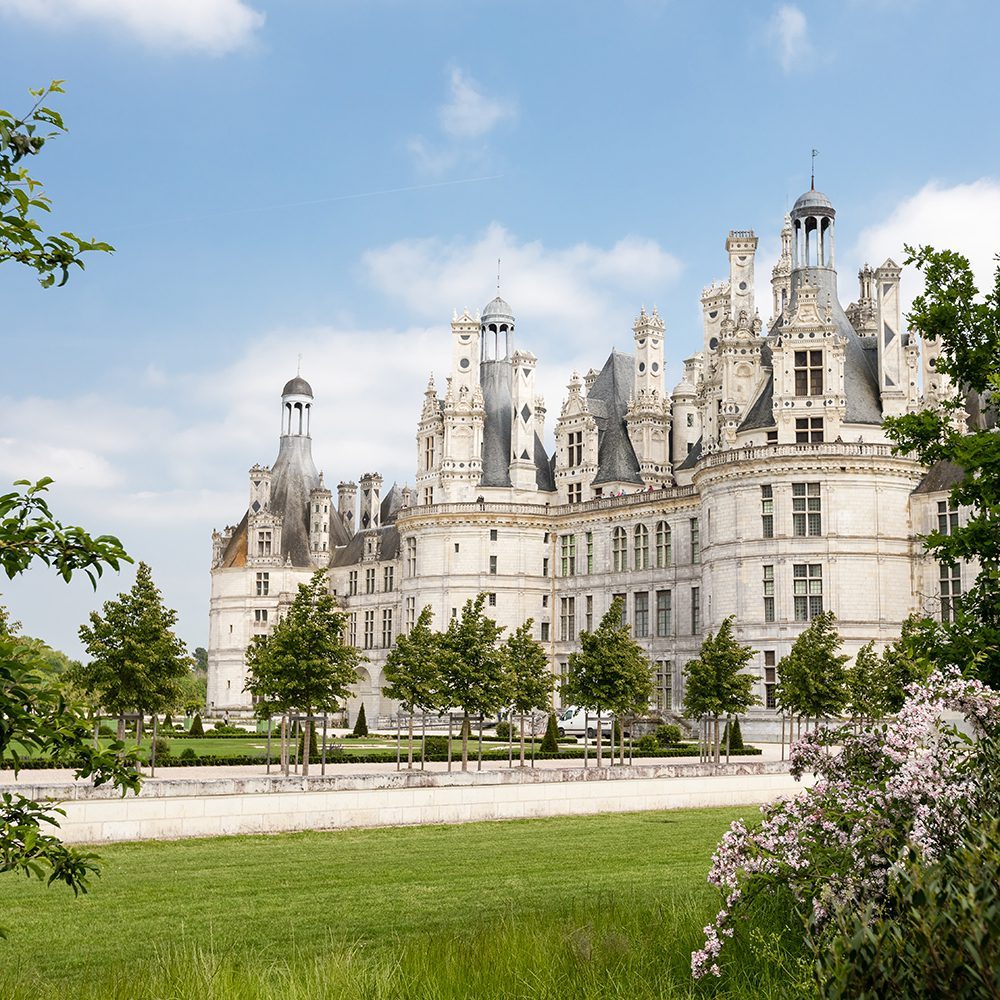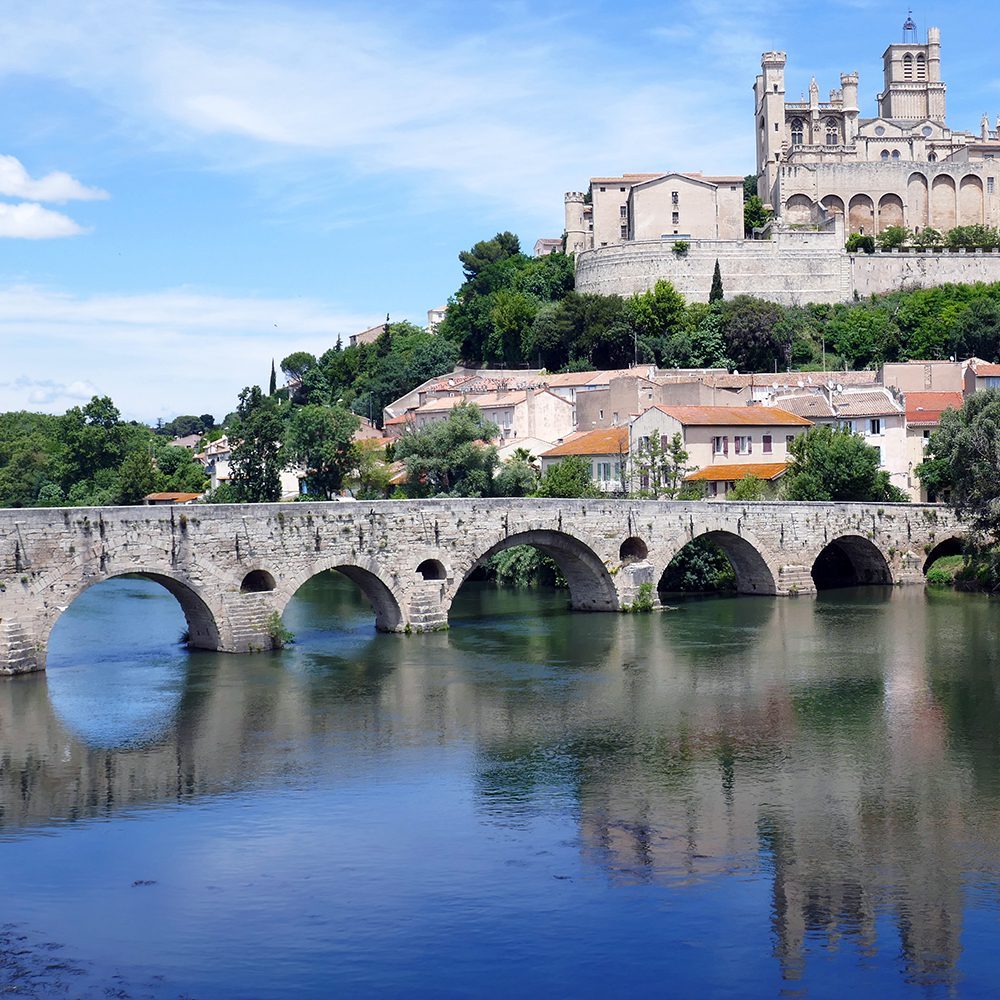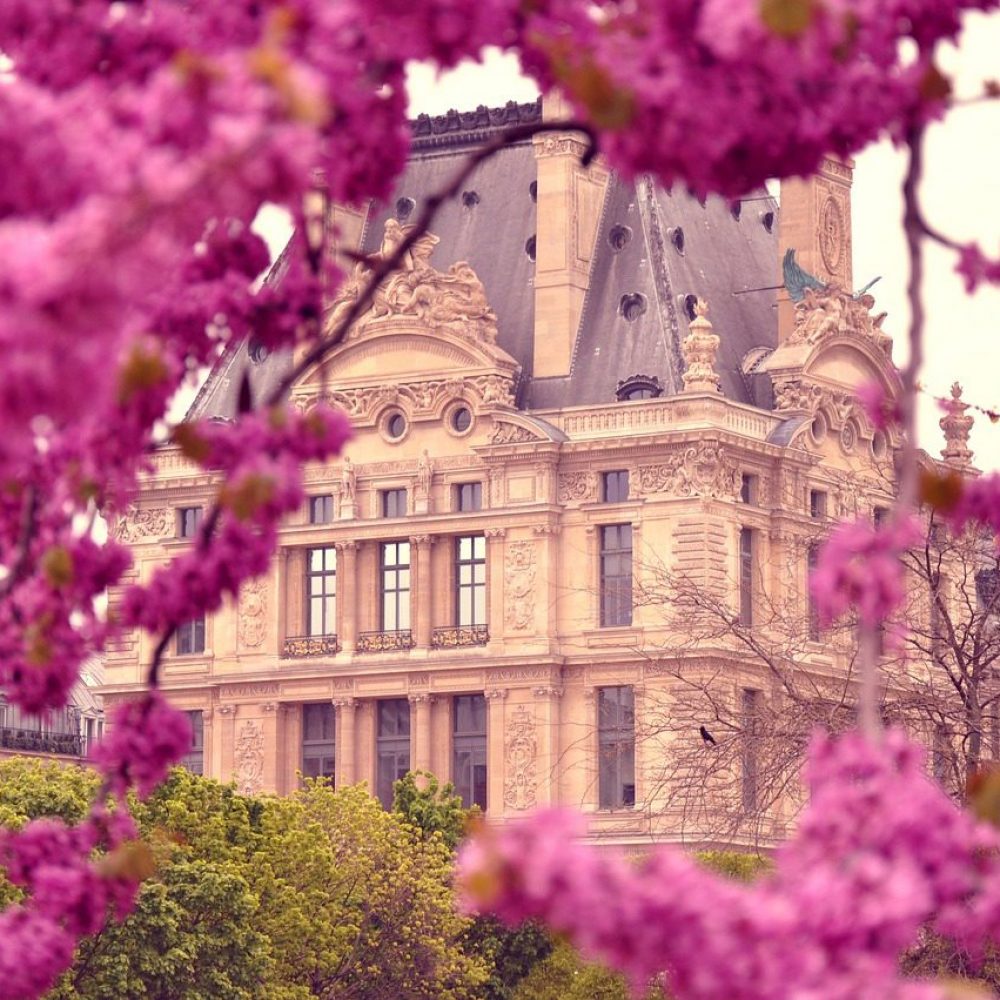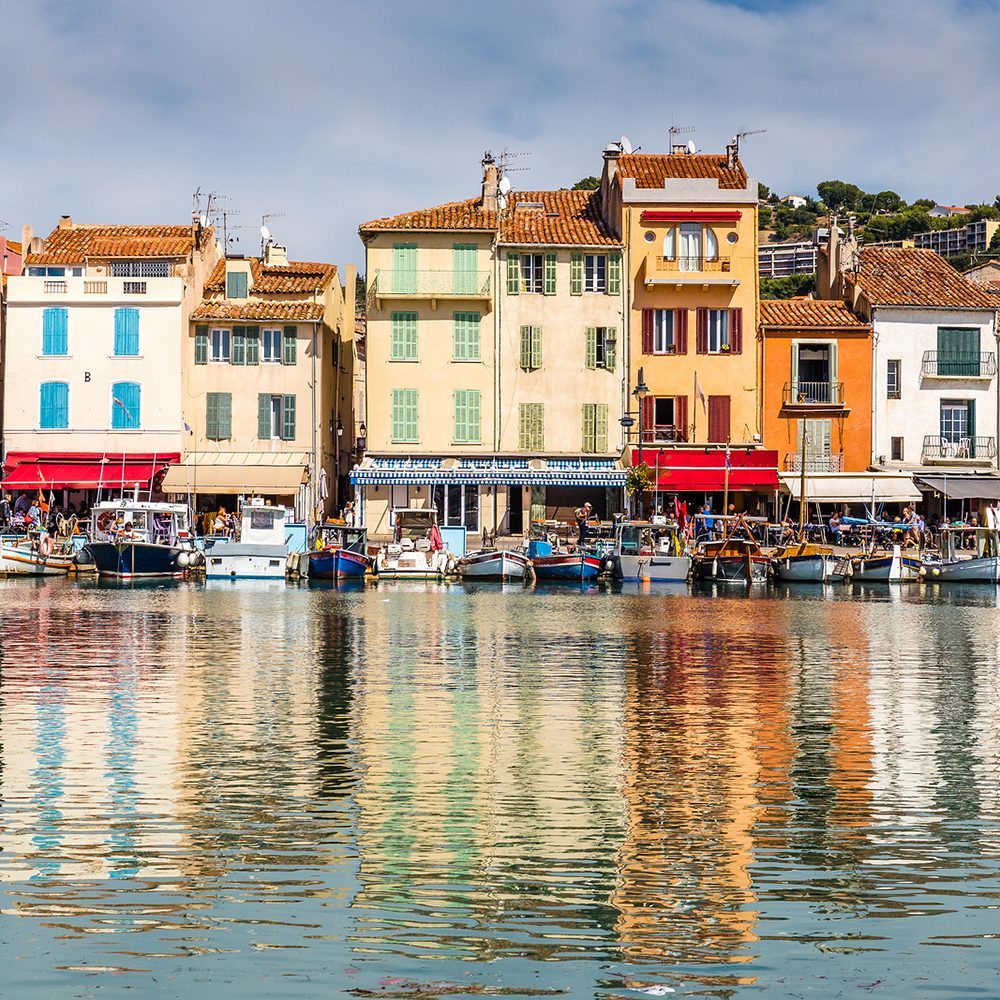Get Ghoulish In A Garden Made of Monsters
Get Ghoulish In A Garden Made of Monsters
A solitary prince sits upon a lonely throne. Broken hearted he mourns for the young wife taken from him much too soon. He stares out from his castle perched on high over a vast and empty valley below. With a mind clouded by grief, a clear vision finally emerges: he will create a sacred place where tortured thoughts become little monsters, a collection of curiosities to conceal the pain of his newly solitary life.
While perhaps a more creative reinterpretation of actual events, the beginnings of the Parco dei Monstri (Park of the Monsters) or “The Sacred Wood of Bomarzo” as it was originally called, is rooted in the somber true story of Prince Pier Francesco Orsini. Hoping to fill the emptiness of losing his beloved wife Giulia Farnese with the wonderment of myth and fantasy, his imagination was unleashed in the most unlikely of circumstances.
Using the giant expanse of vegetation that lay at the foot of his castle, Orsini entrusted the design of his “sacred woods” to the architect Pirro Ligorio, already renowned for completing Saint Peter’s Basilica in Rome after the death of Michelangelo and building Villa d’Este, with its celebrated fountains, in Tivoli. Officially opened in 1552 as the “Villa of Wonders,” the park was a complete departure from traditional Renaissance gardens of its time, devoid of symmetry and thematically obscure. The garden is an outstanding example of Mannerism in both form and tone, a haphazard patchwork of mysterious statues writhing with grotesque grandeur. A predominantly remote and wooded valley, the park is dotted with behemoth creatures, made mostly of bedrock, and in the figure of monsters, mythological characters, small buildings, and historical personalities. Cryptic inscriptions carved onto the statues reveal a glimpse into the mangled mind of a man looking for a release from his emotions.
The garden fell into disarray beginning in the 18oo’s and continuing into the 1900’s until it was resurrected by Giovanni Bettini in 1954 who proceeded to restore the site back to its former macabre glory. Since then the garden has been a source of surreal inspiration for artists and writers, including Jean Cocteau and Salvador Dali. For centuries, people have been fascinated by the mystery of the park and its purported subversive undertones. A graveyard of mythology, a landscape of imagination used to set the heart of a lonely man free, and the distorted private reverie of someone grappling with the desperation of loss, the garden is for most an ode to the very human need to reconcile despair with creativity.
Hidden amidst the forests of Bomarzo in the Viterban province of Lazio, the Parco dei Mostri is the type of strange that can only pour from the depths of a human preoccupation with the fleeting nature of life. Should you find yourself in an ominous mood for something outside the realm of the typical, a visit to the Parco dei Mostri is perfect for letting your imagination get lost “where the wild things are.”


